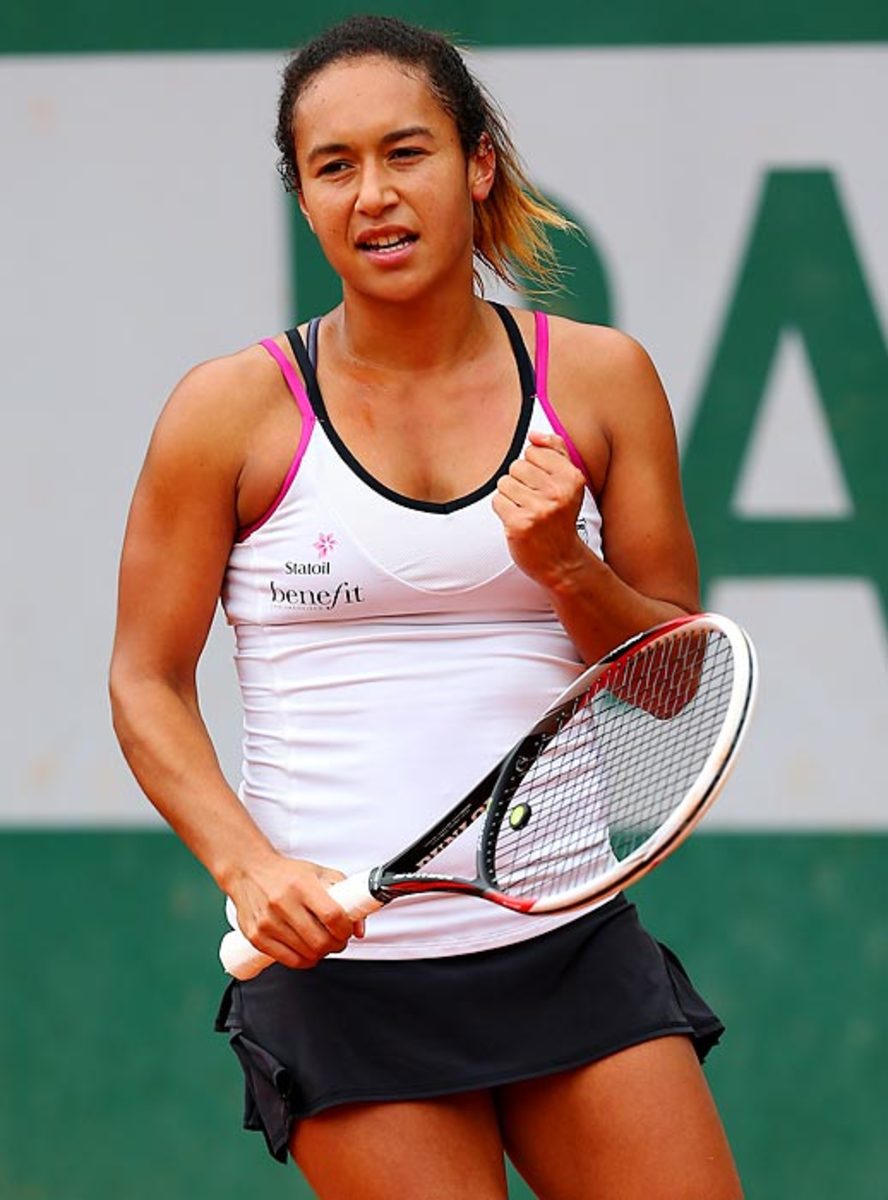With Roland Garros construction in limbo, clay courts still need care

The smallest venue of tennis’ four majors has dreams of growing—but expansion at Roland Garros in Paris, France, isn't happening just yet.
The hopes of putting a retractable roof on the 15,000-seat Philippe-Chatrier Court by 2019 and having a new 5,000-seat court at the Serresd’Auteuil botanical garden, possibly by 2017, were put on hold yet again this spring when Paris officials ordered up a new land-use study. No work on the new courts or any other projects—the plan also calls for a new media center and tournaments organization building—can happen without approval.
So what’s new for the 2015 tournament? Head groundsman Bruno Slastan tells SI.com to look for new court covers on all of the courts in the tournament, this time in the color of the famed Roland Garros courts.
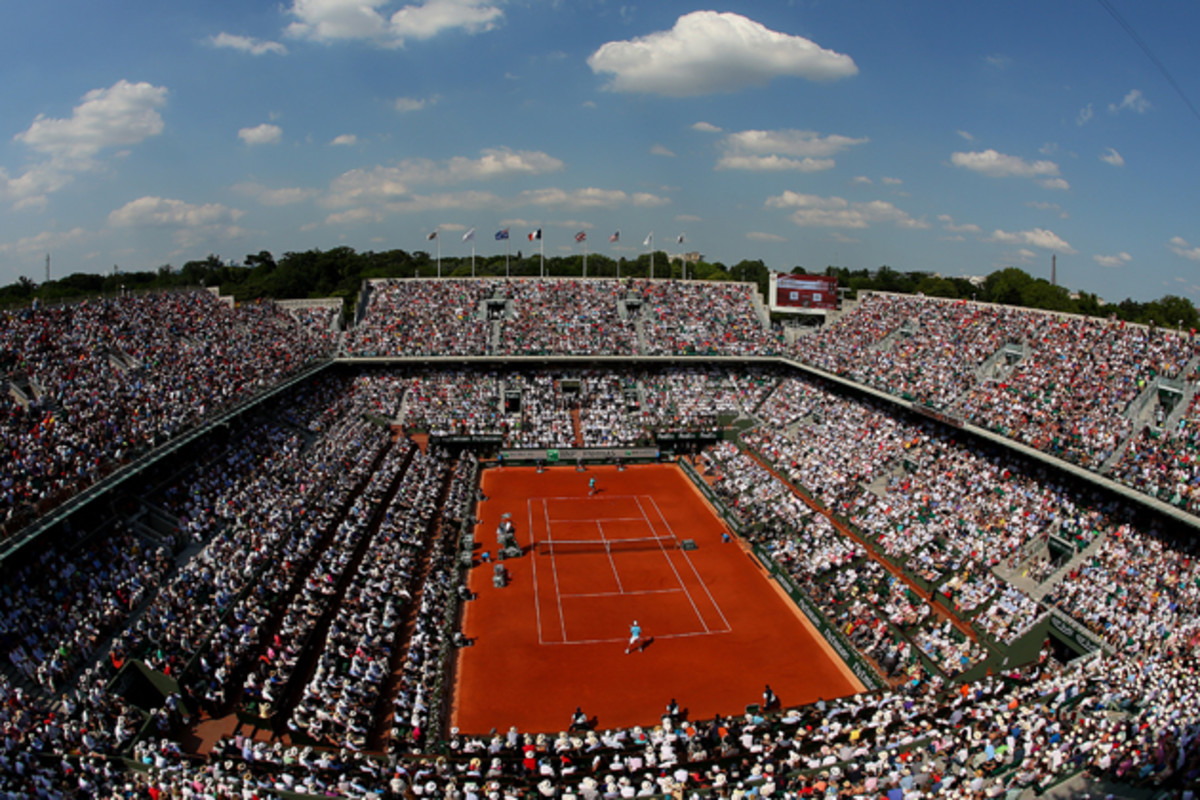
And while Slastan deals with installing new court covers, nothing changes in the way he cares for the not-really-clay courts. The four layers that make up the courts at Roland Garros have plenty of organic matter, just not actual clay.
You’ll find a 10-inch layer of stone, a six-inch layer of water-filtering slag with metal waste material, a four-inch layer of limestone topped off with three millimeters—just too little to count in inches—of broken brick.
Mailbag: Despite his recent slump, Nadal is still a French Open contender
While limestone and brick make up the core of the playing surface, that doesn’t make caring for the world’s most famous clay courts any less challenging, Slastan says.
Getting the facility’s 20 courts ready for the French Open requires special attention to the top two layers. Slastan says his crews rework the white limestone layer every year and then haul in 88,000 pounds of broken brick—but only during completely dry weather when they have “especially good climatic conditions”—for the three stadium courts and 17 outer courts.
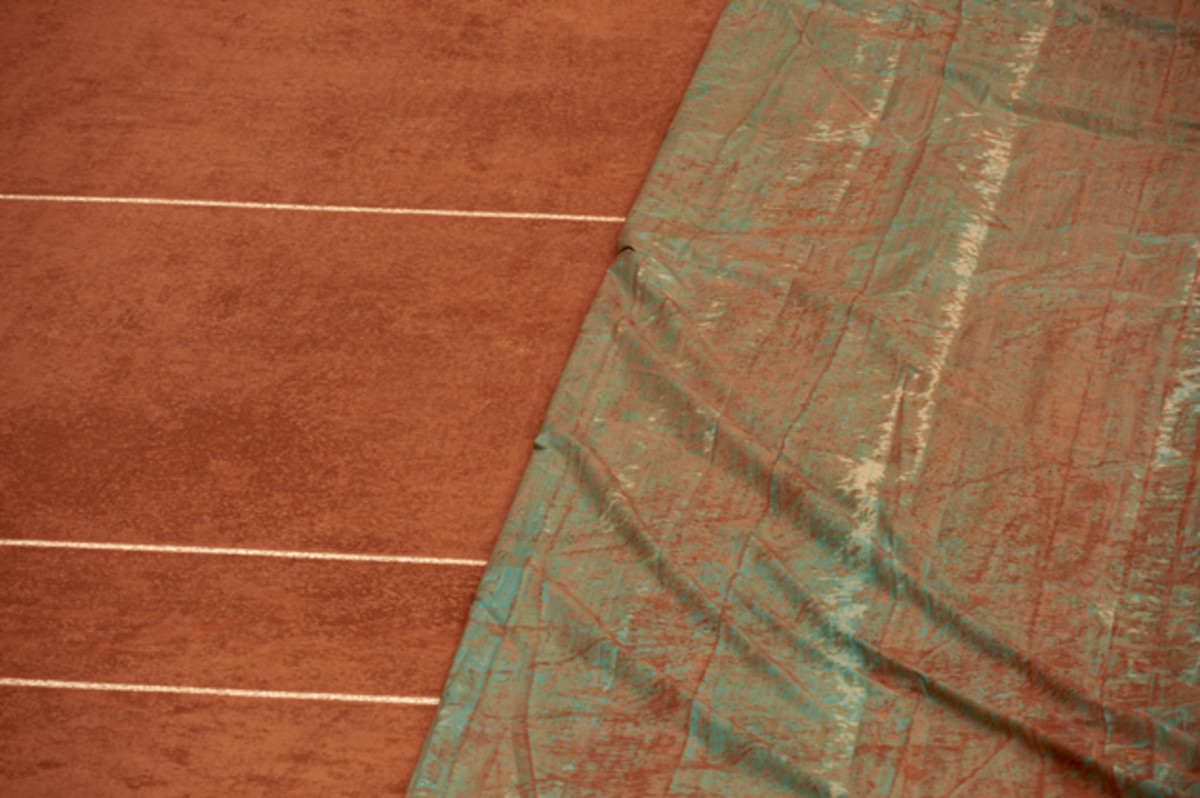
“The thicknesses of materials are respected,” Slastan says. “That is very important. We strive our hardest to achieve perfection.”
During each match, crews rake the surface and sweep clay off of the lines at the end of each set. At the end of every match, the crew waters the entire court to help the brick retain its color and keep from blowing away. And at the end of the day, each court gets watered once again.
“We make a big watering because clay courts need water,” Slastan says. After the nightly baths, the courts are covered, now with the new covers.
At 6:30 a.m. every tournament day, crews slide off the overnight blanket and give the courts a rude awakening by scraping the surface to “standardize the broken brick." Next calcium chloride is spread over the top of the brick to encourage it to stay wet and retain its red color.
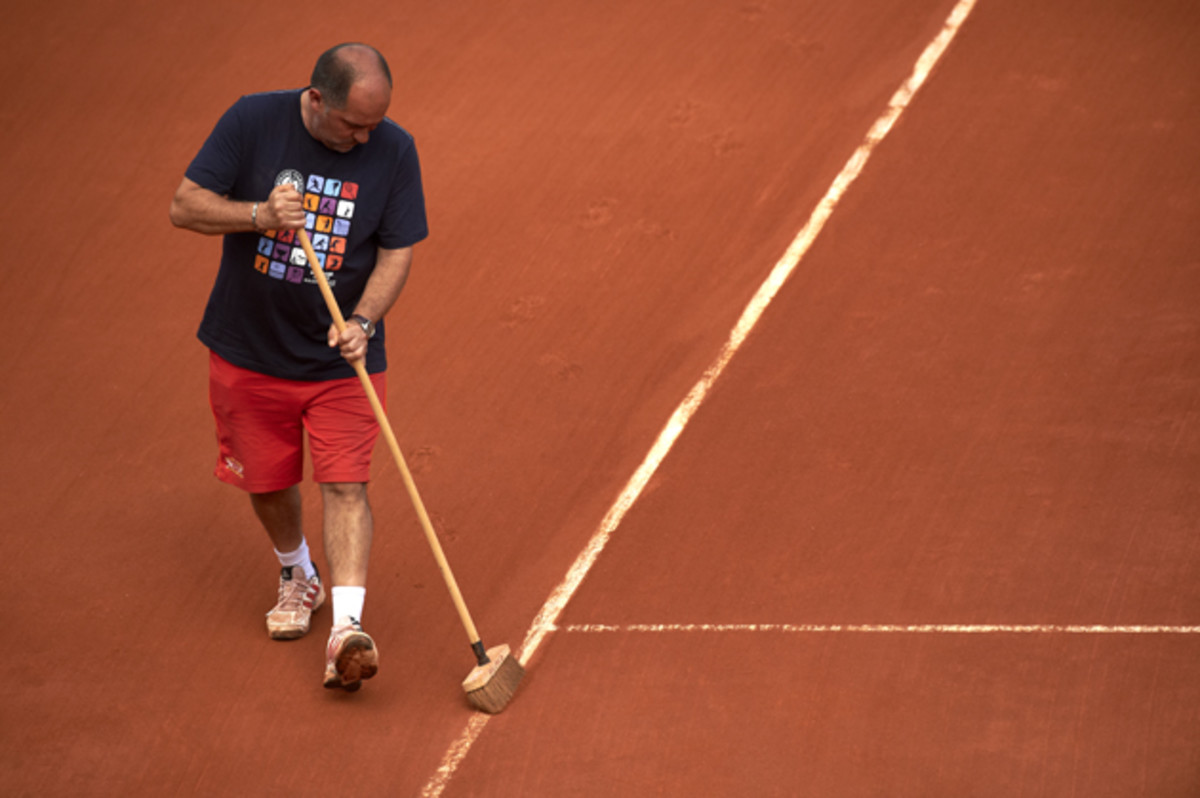
As expected, the heavy use of the courts causes wear. The clay blows away in the wind and gets into the locker rooms by way of players’ clothes (just look at all those white socks turned red). To make up the difference, Slastan uses another 11,000 pounds of broken brick to fill in as needed during the tournament.
While the maintenance regiment is the same for each court, crews must pay careful attention to courts 3, 4 and 5 and Suzanne Lenglen stadium court because all four courts are built on concrete slabs—“it is dangerous when it rains”—that can make water drainage a bit tricky.
To help compensate for the courts built on concrete atop a parking garage, Suzanne Lenglen court includes a moisture control system that features two large vats below the court for water recovery. The vats get emptied according to the volume of water in them.
Slastan says the quality of those four courts don’t suffer, though, keeping all 20 Roland Garros courts at an equal playability, even if “clay” gets all the credit for the work of limestone and broken brick.
Tim Newcomb covers stadiums, design and gear for Sports Illustrated. Follow him on Twitter at @tdnewcomb.
GALLERY: FASHION AT THE 2014 FRENCH OPEN
Fashion at the French Open
Caroline Wozniacki
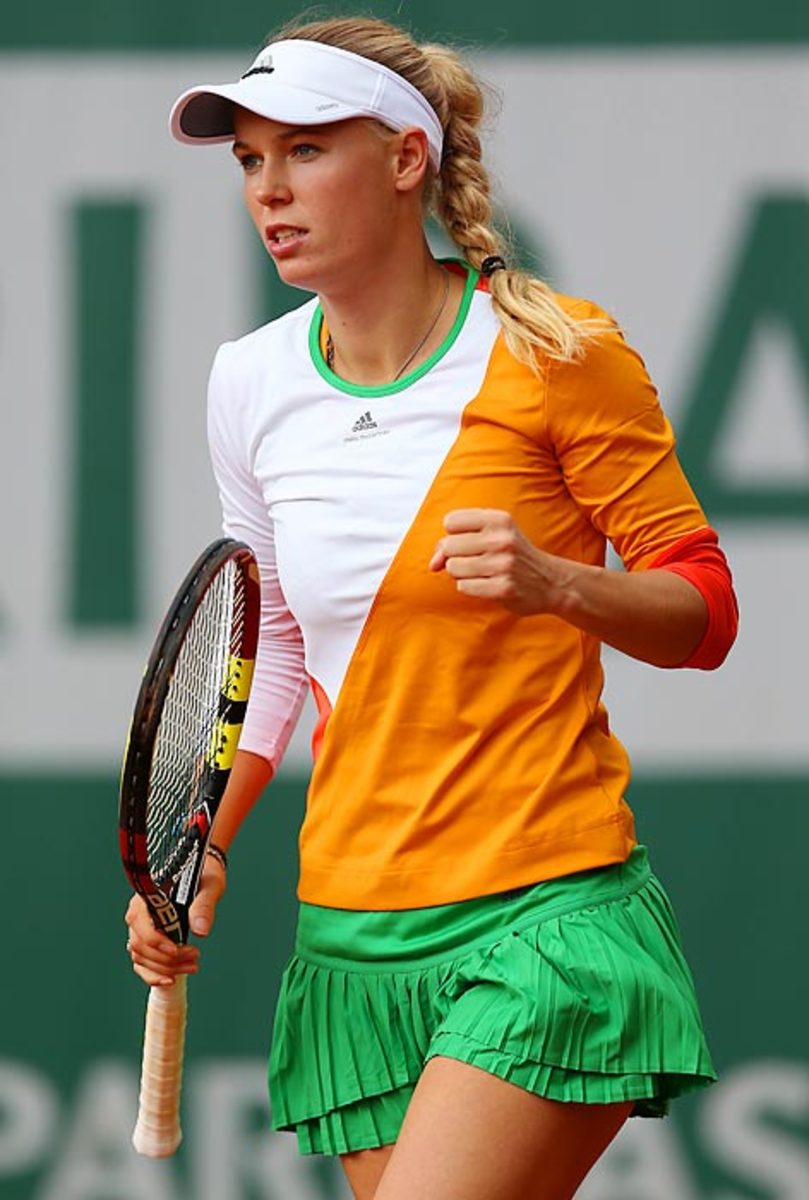
Here's a look at the outfits players are sporting at this year's French Open.
Agnieszka Radwanska
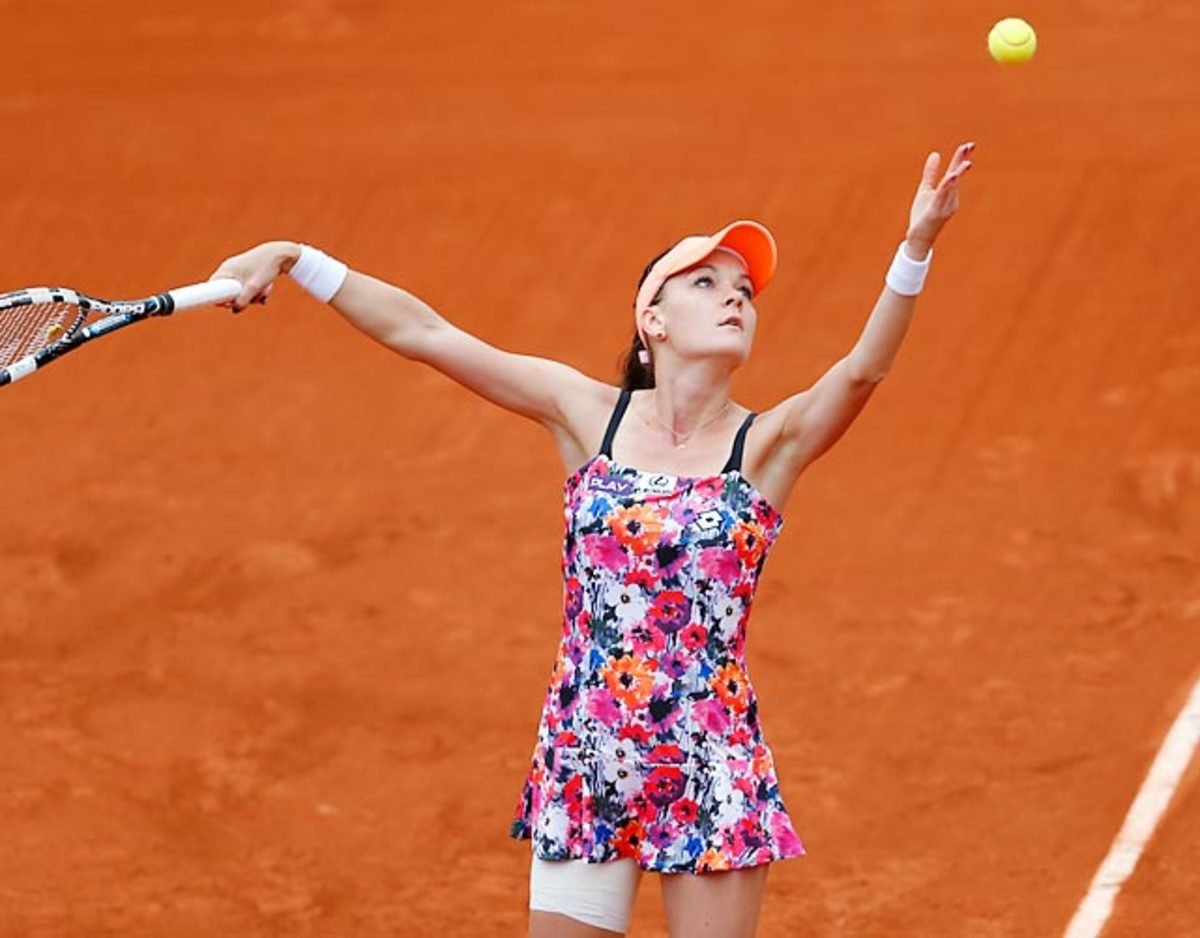
Rafael Nadal
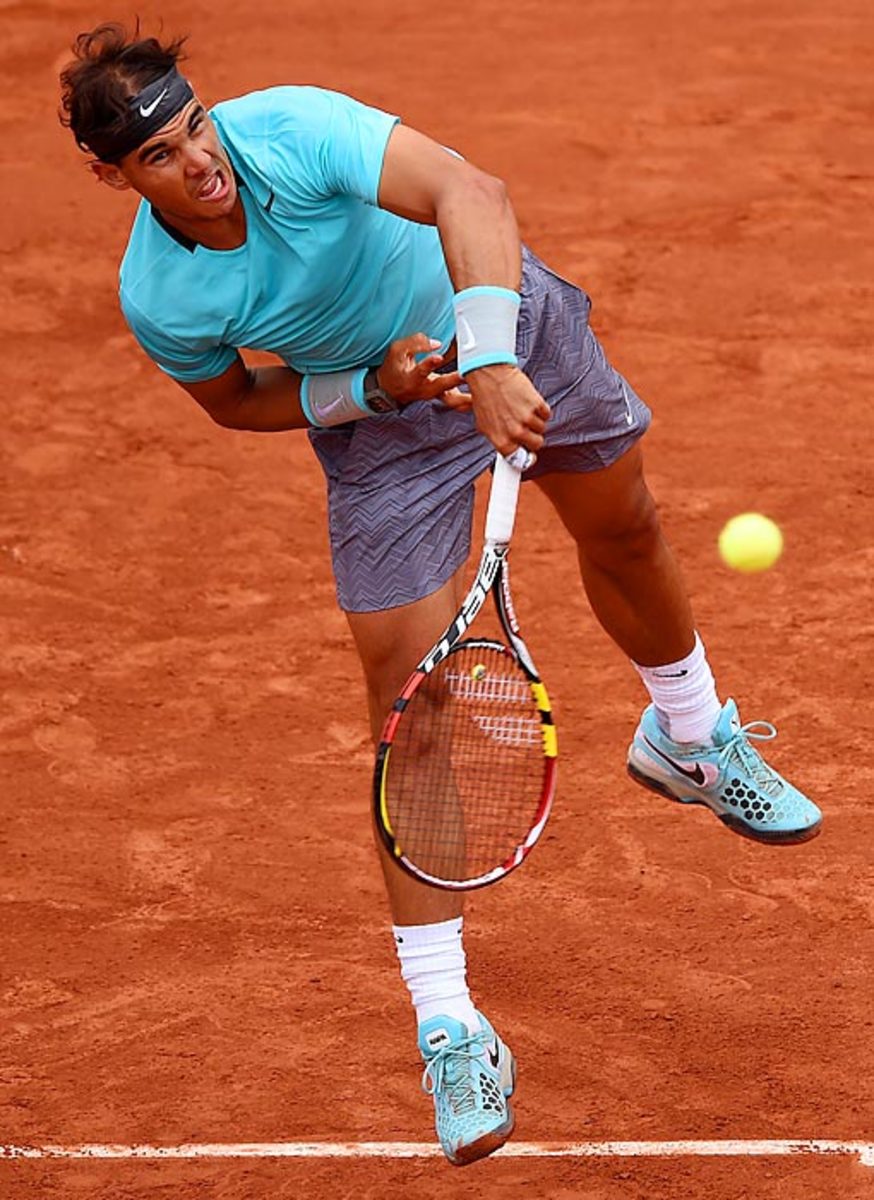
Serena Williams
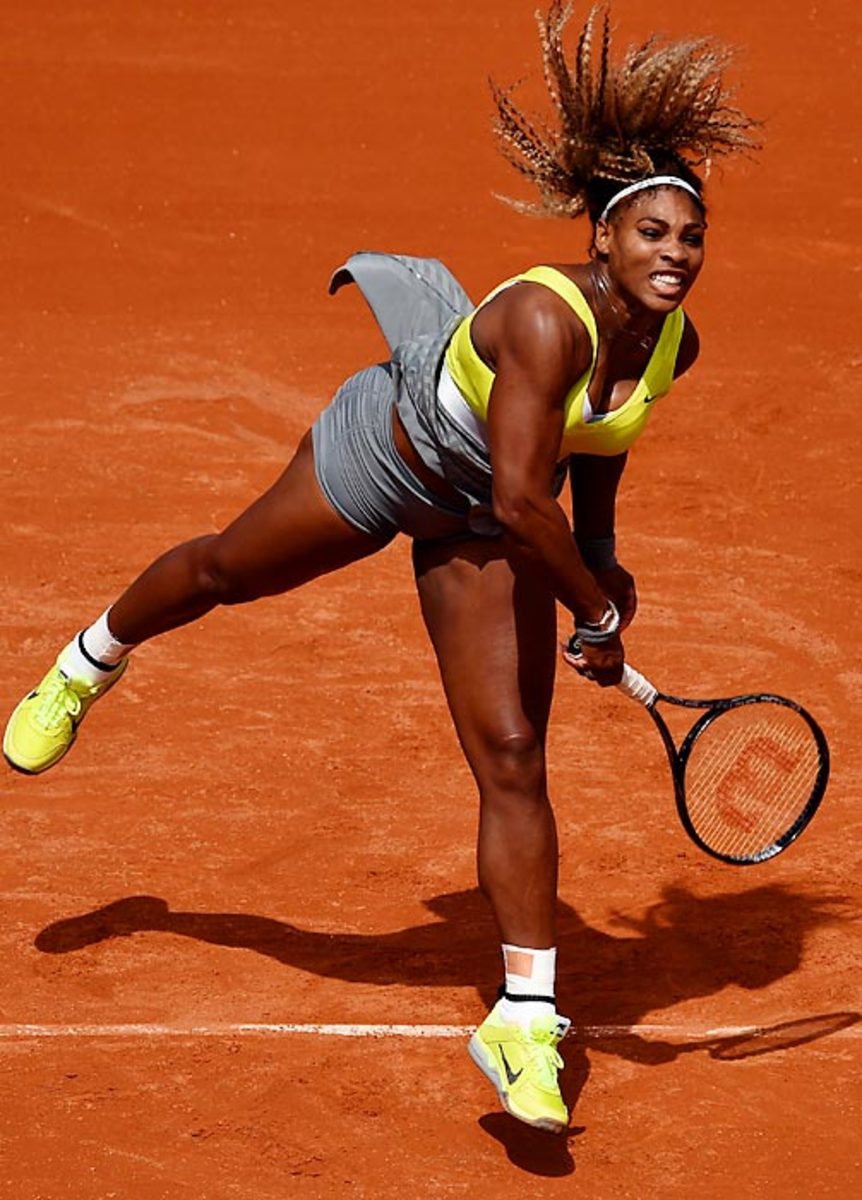
Roger Federer
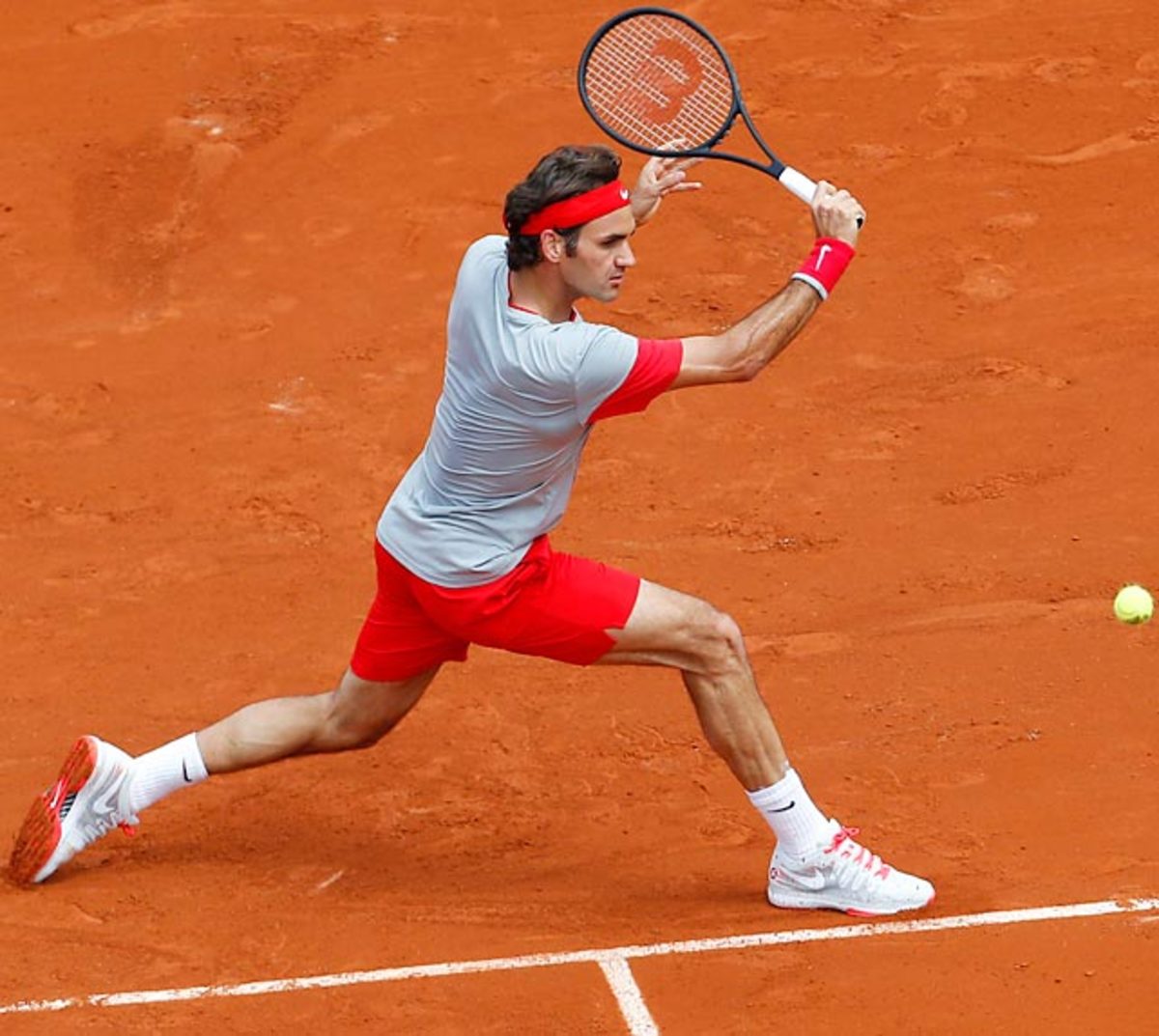
Maria Sharapova
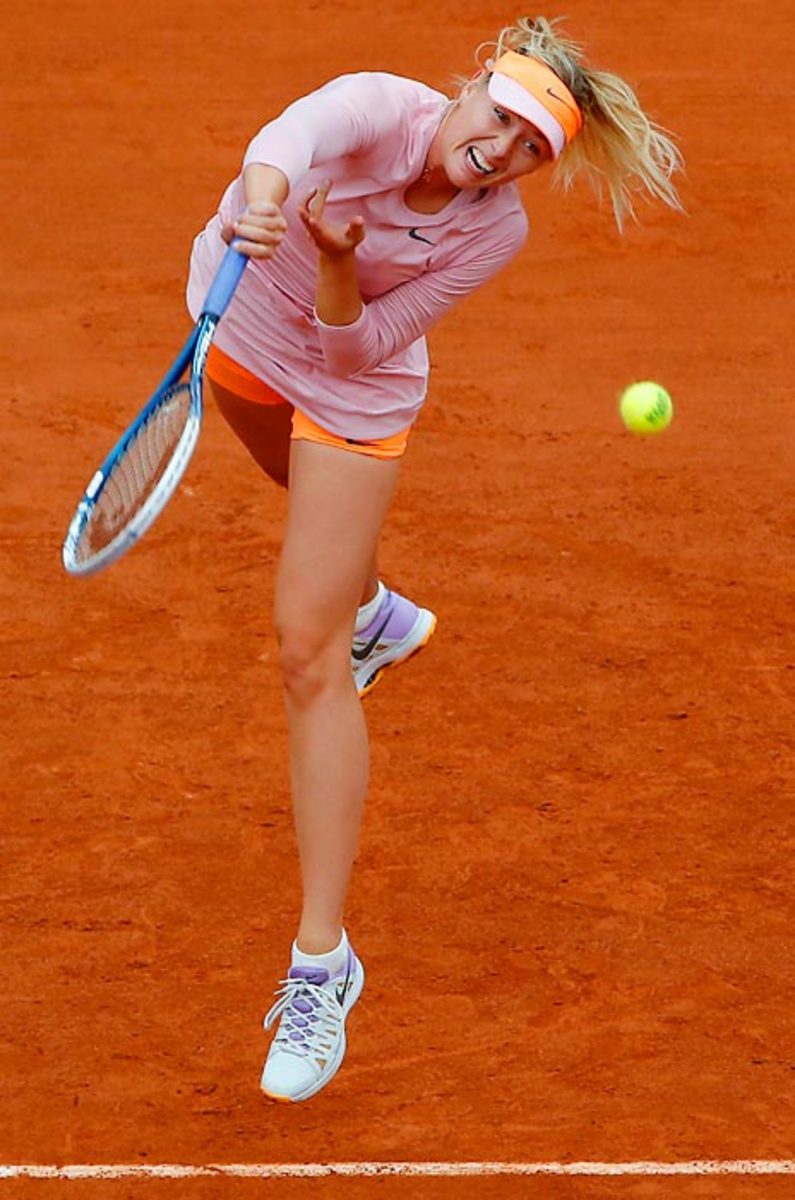
Novak Djokovic
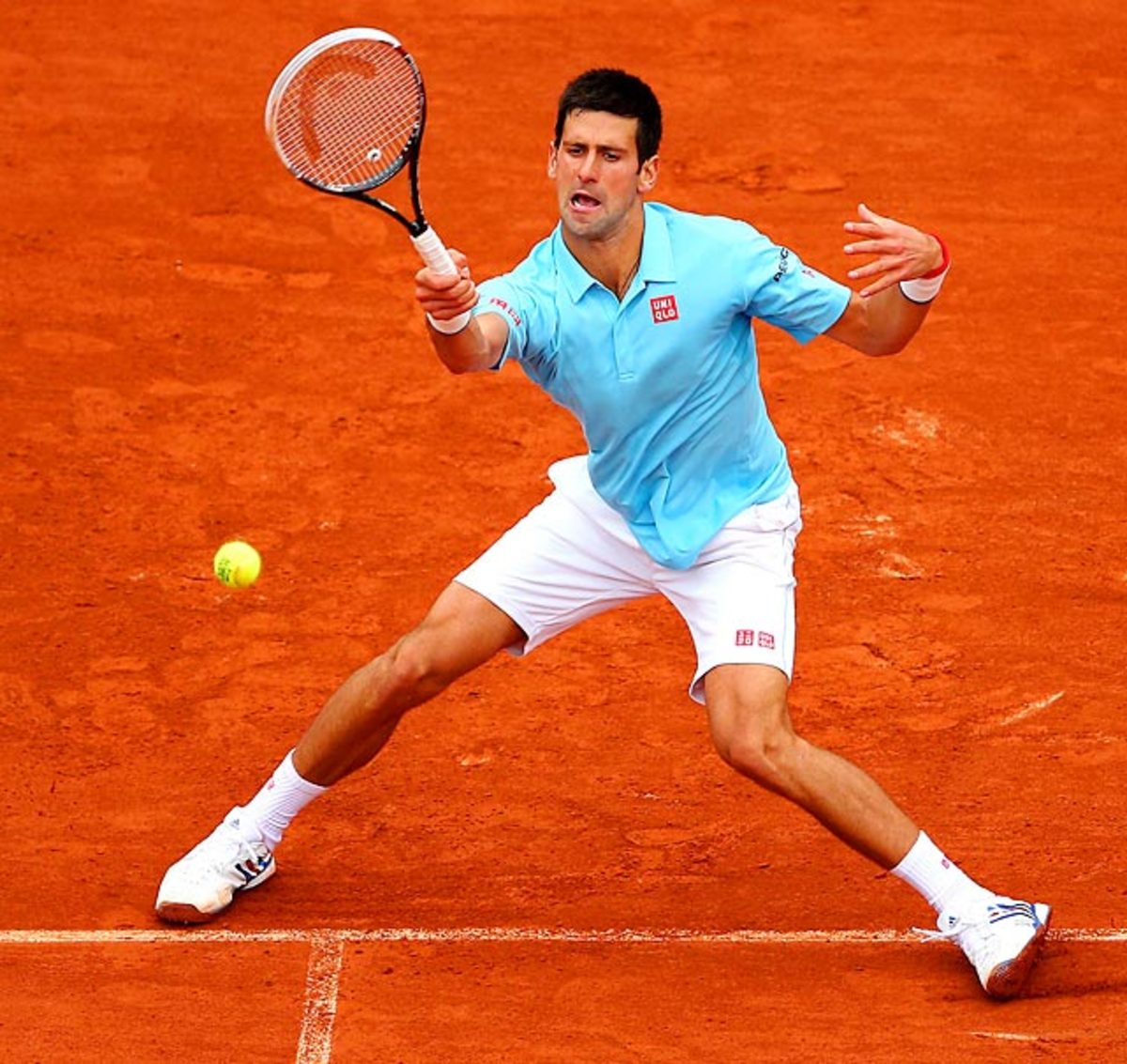
Li Na
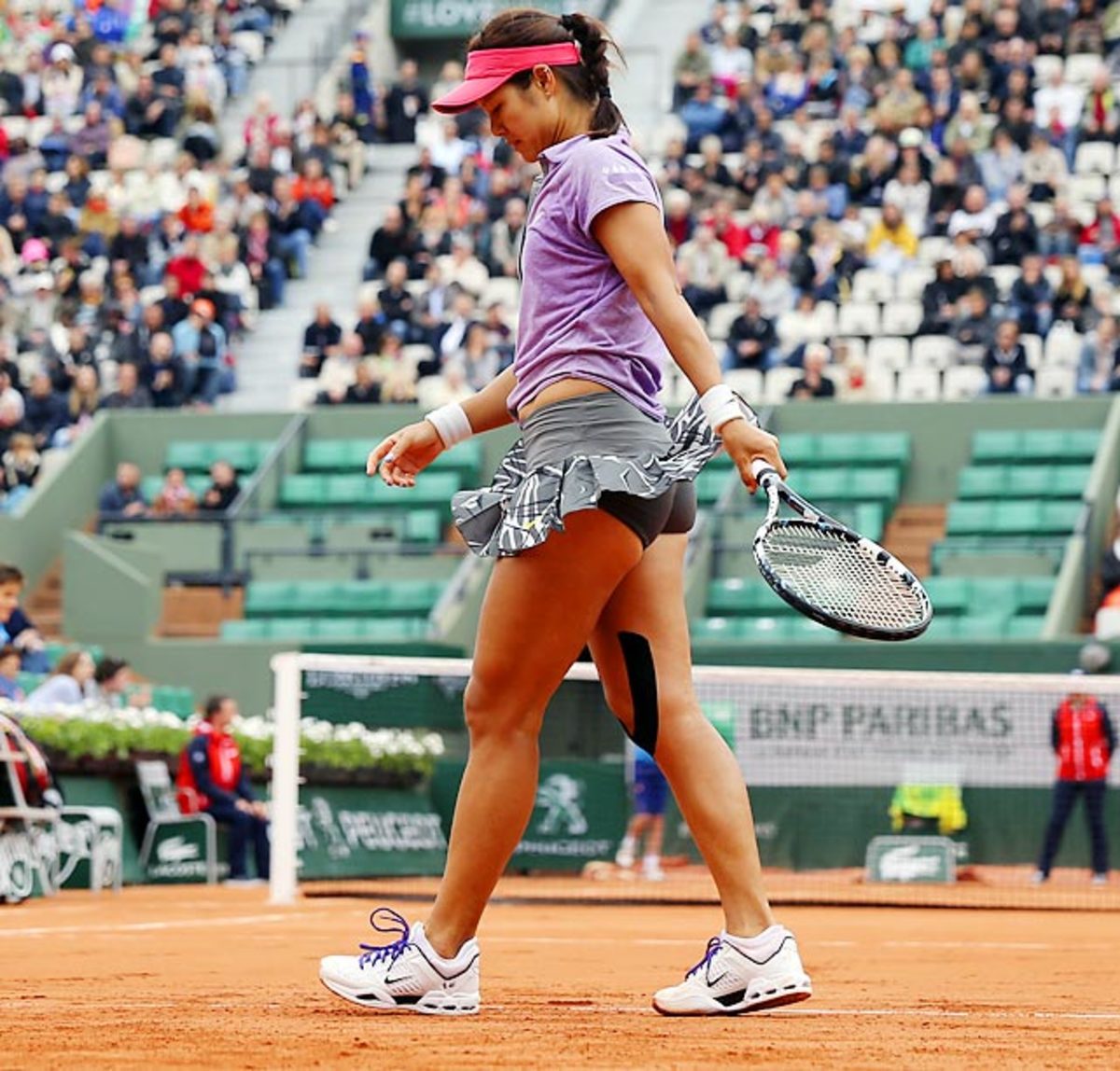
Gael Monfils
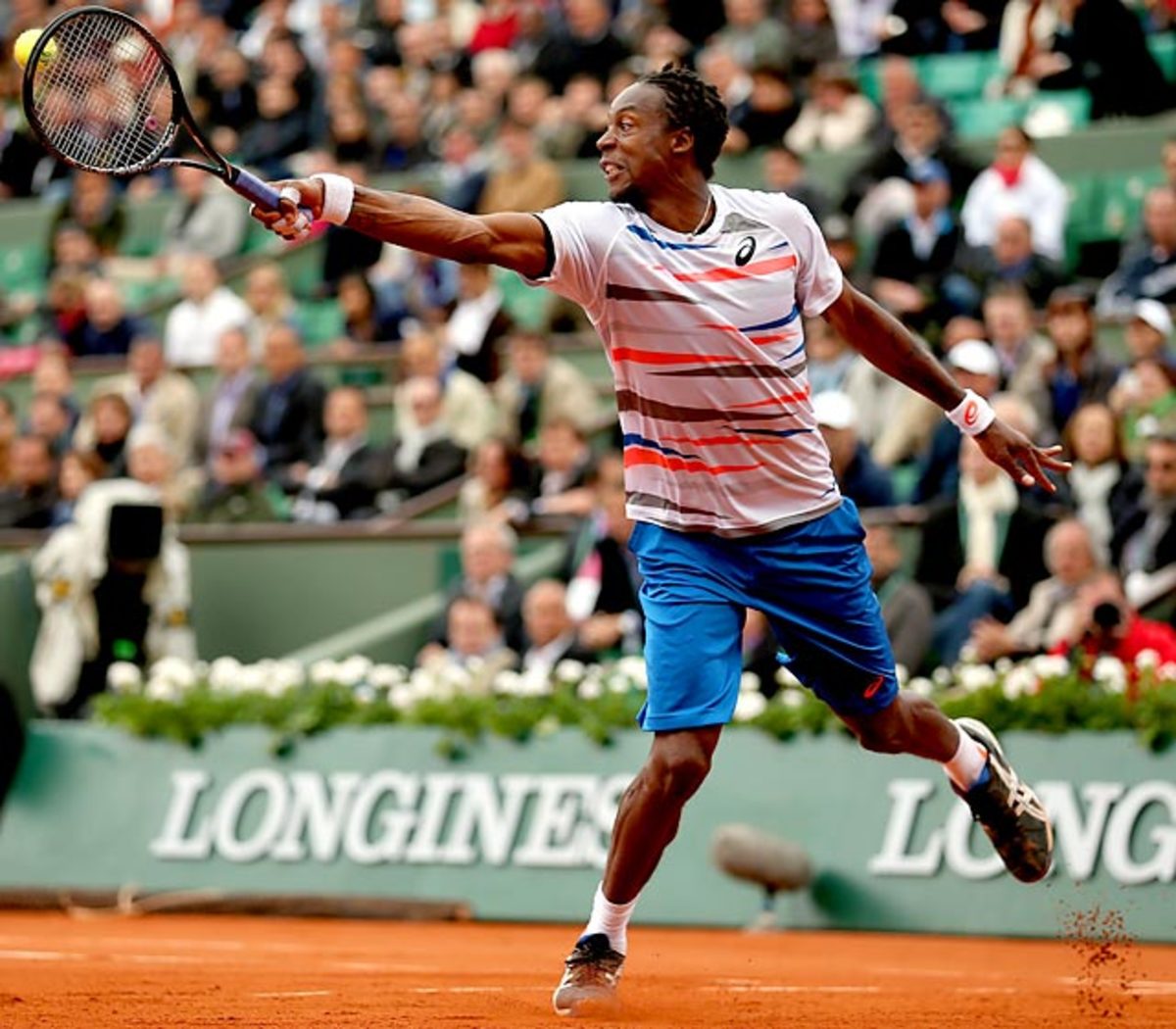
Andrea Petkovic
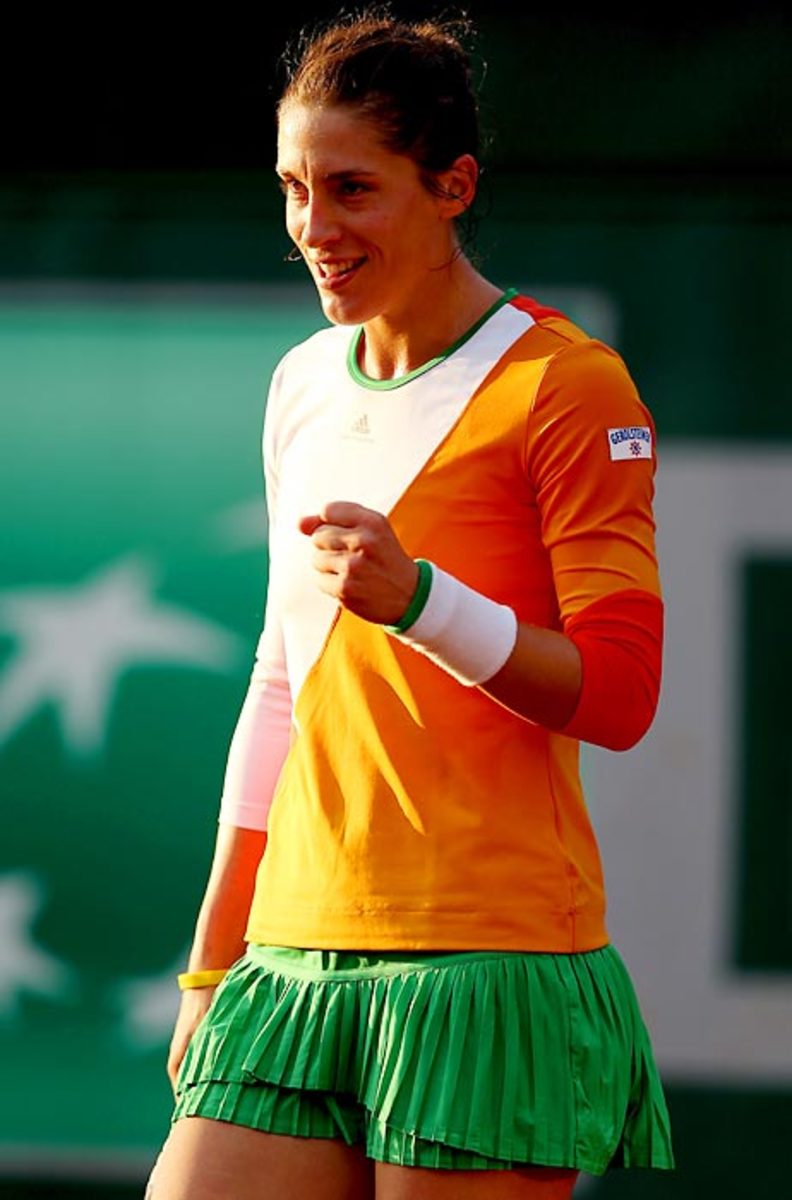
Stanislas Wawrinka
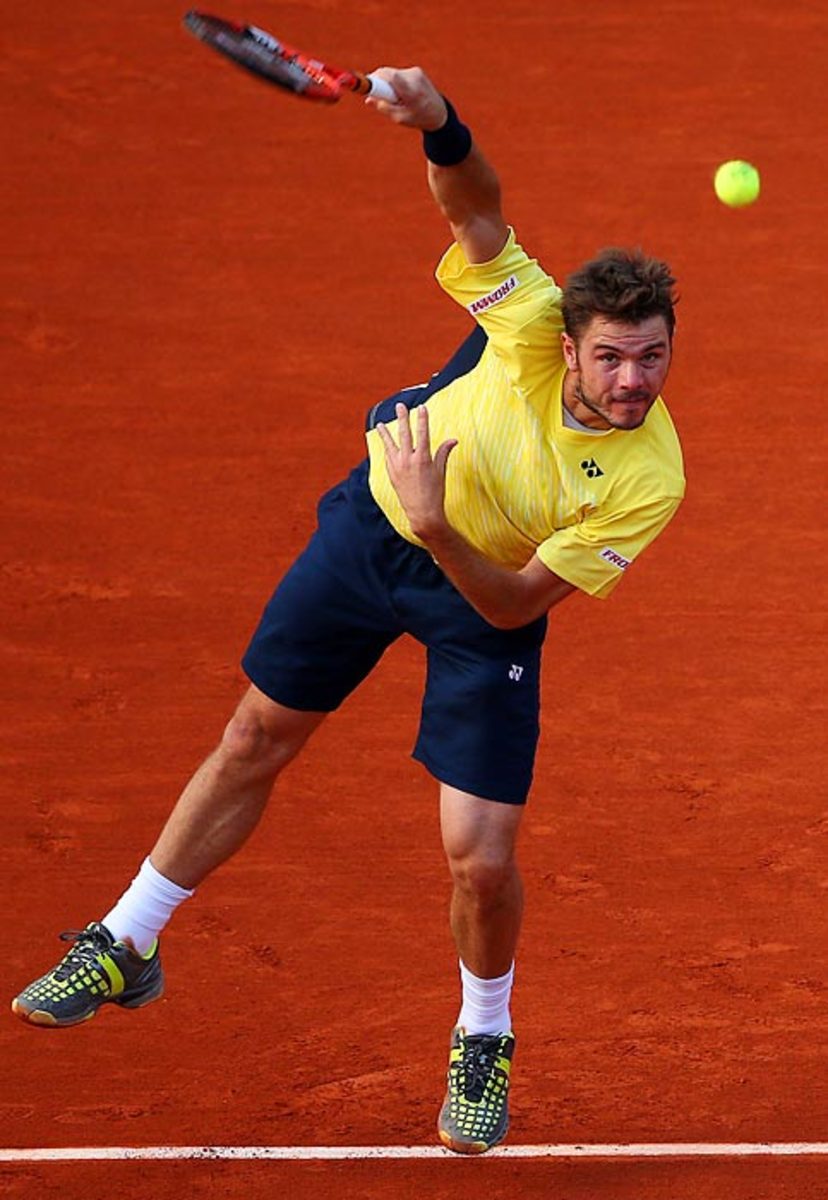
Angelique Kerber
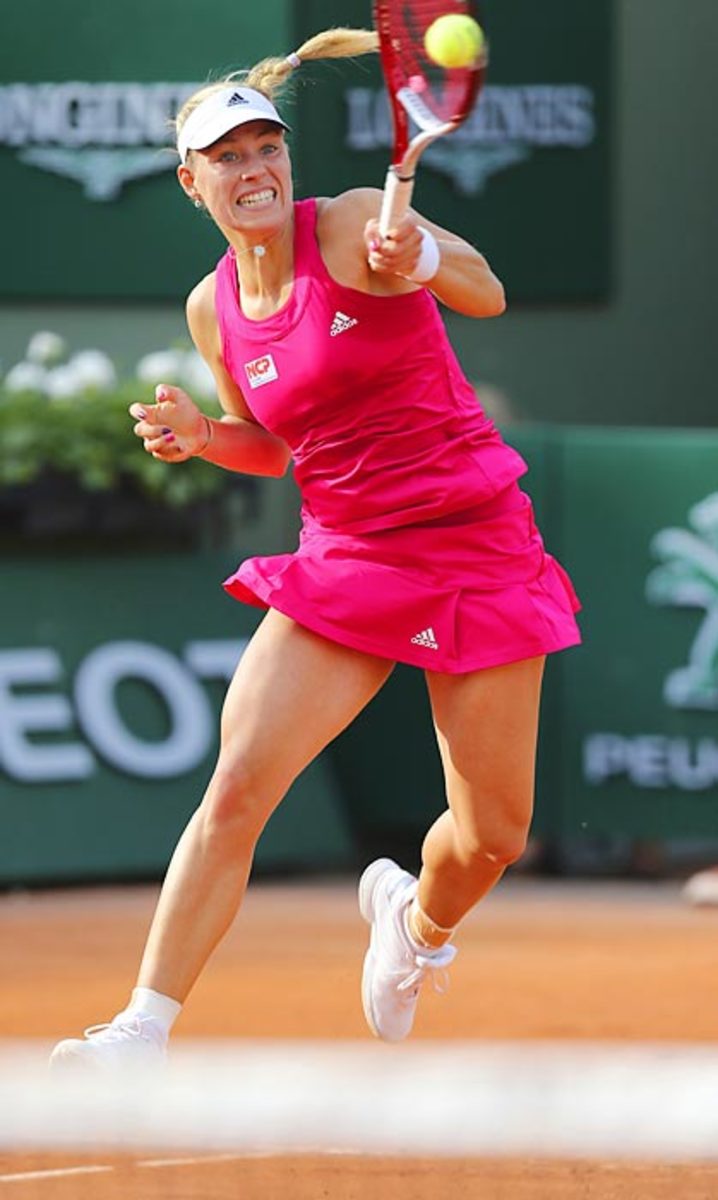
Tomas Berdych
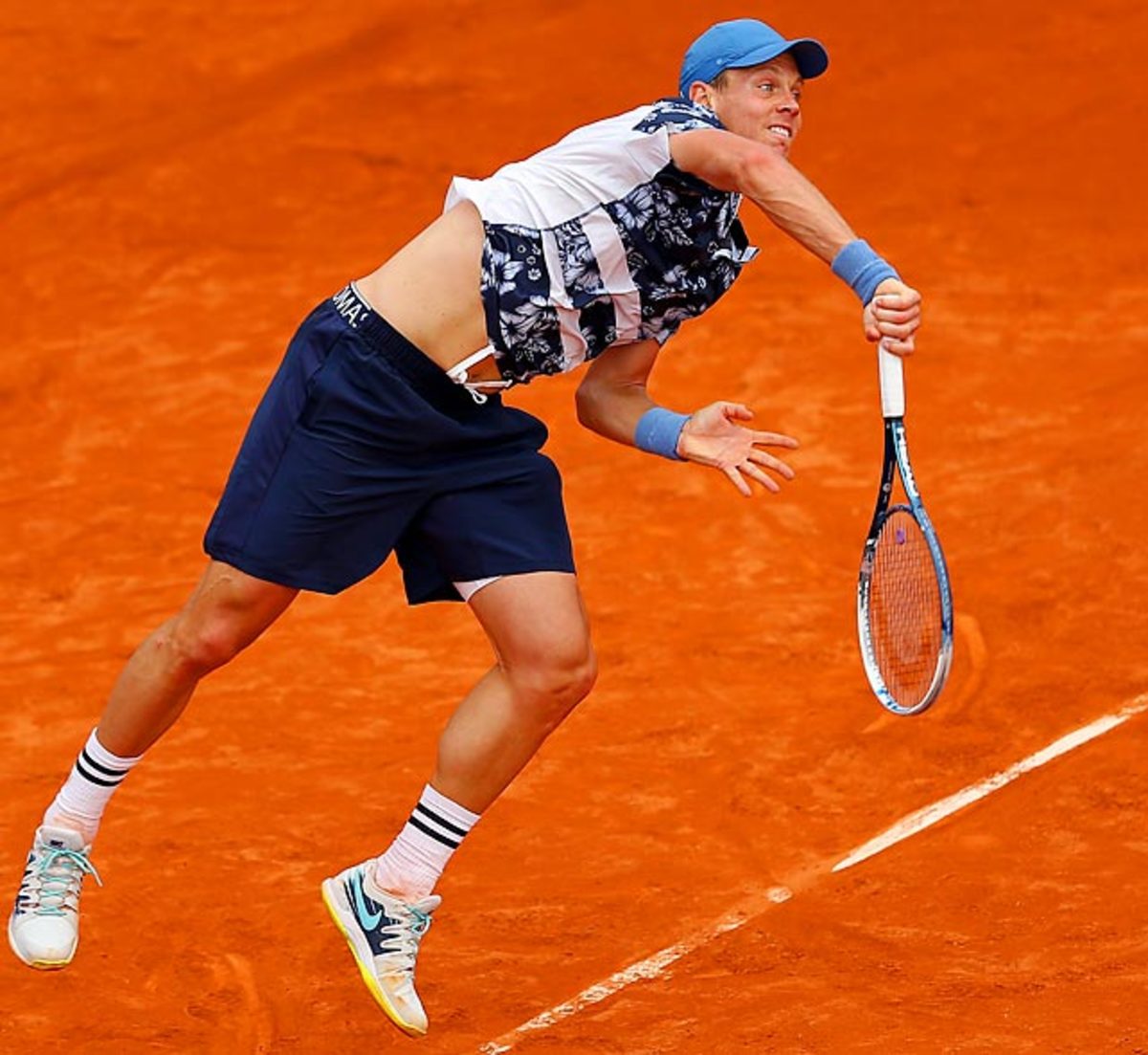
Anna Ivanovic
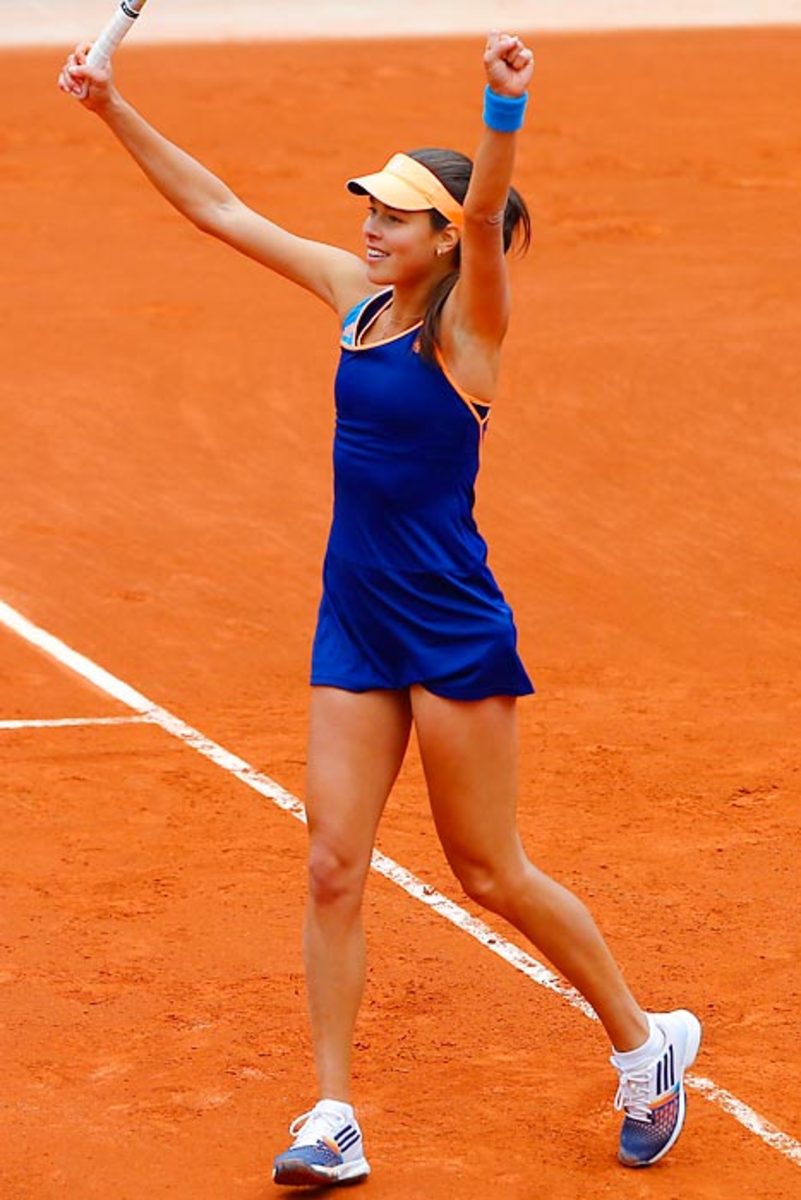
Andy Murray
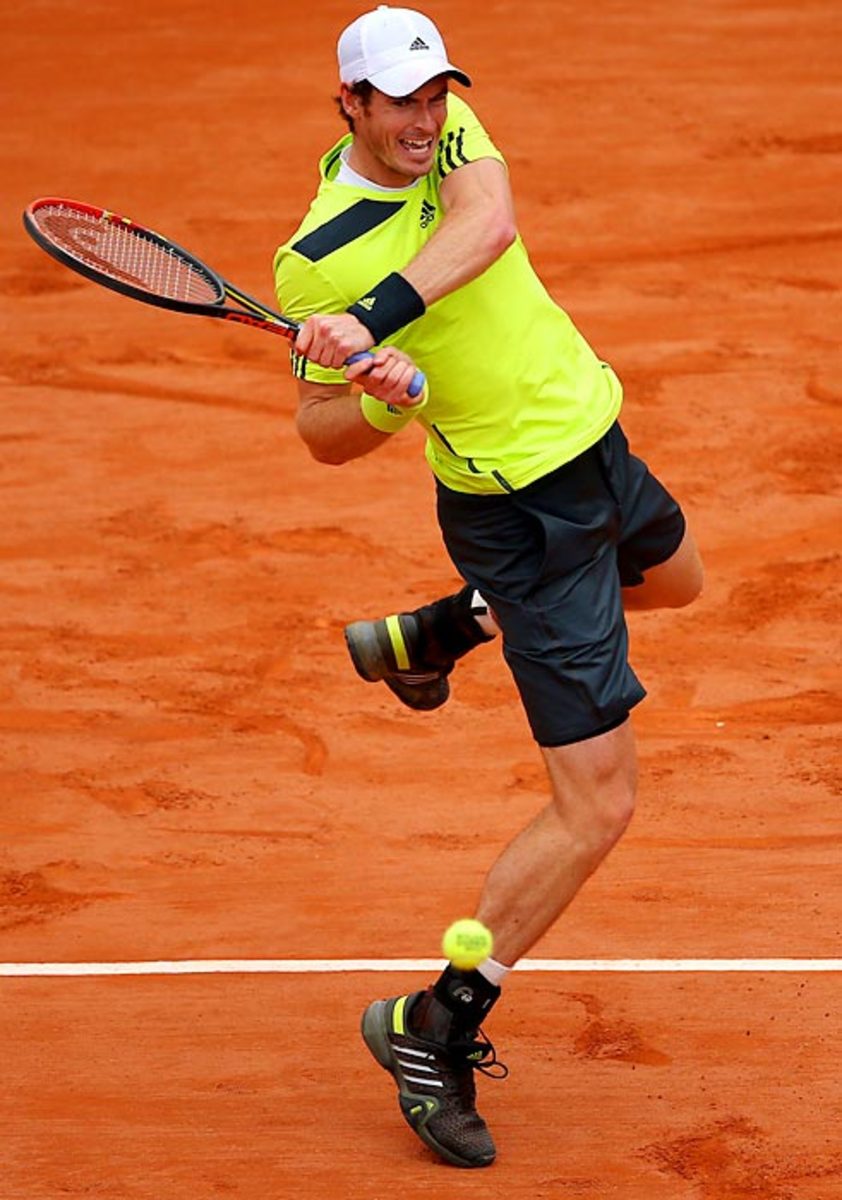
Jelena Jankovic
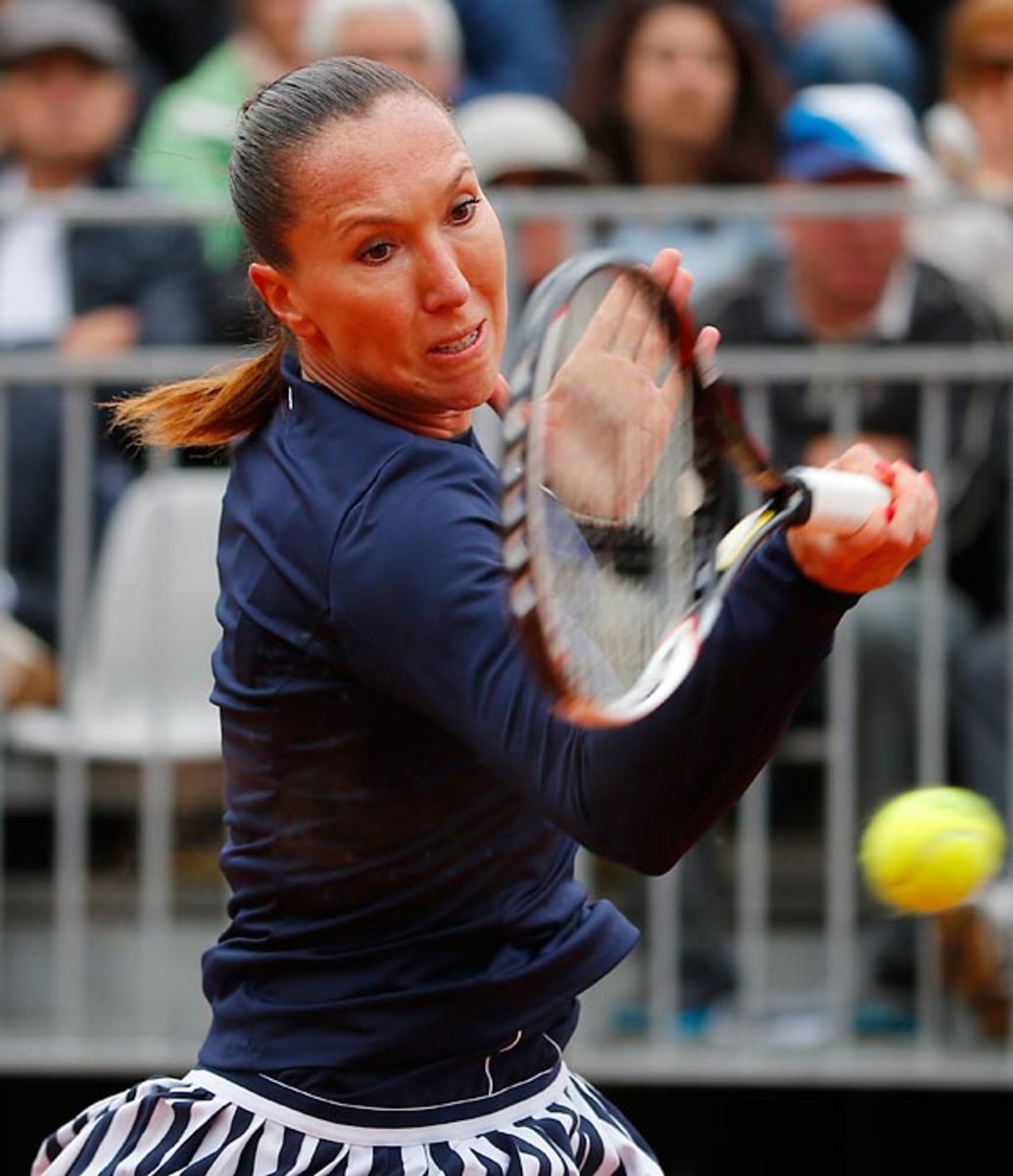
Milos Raonic
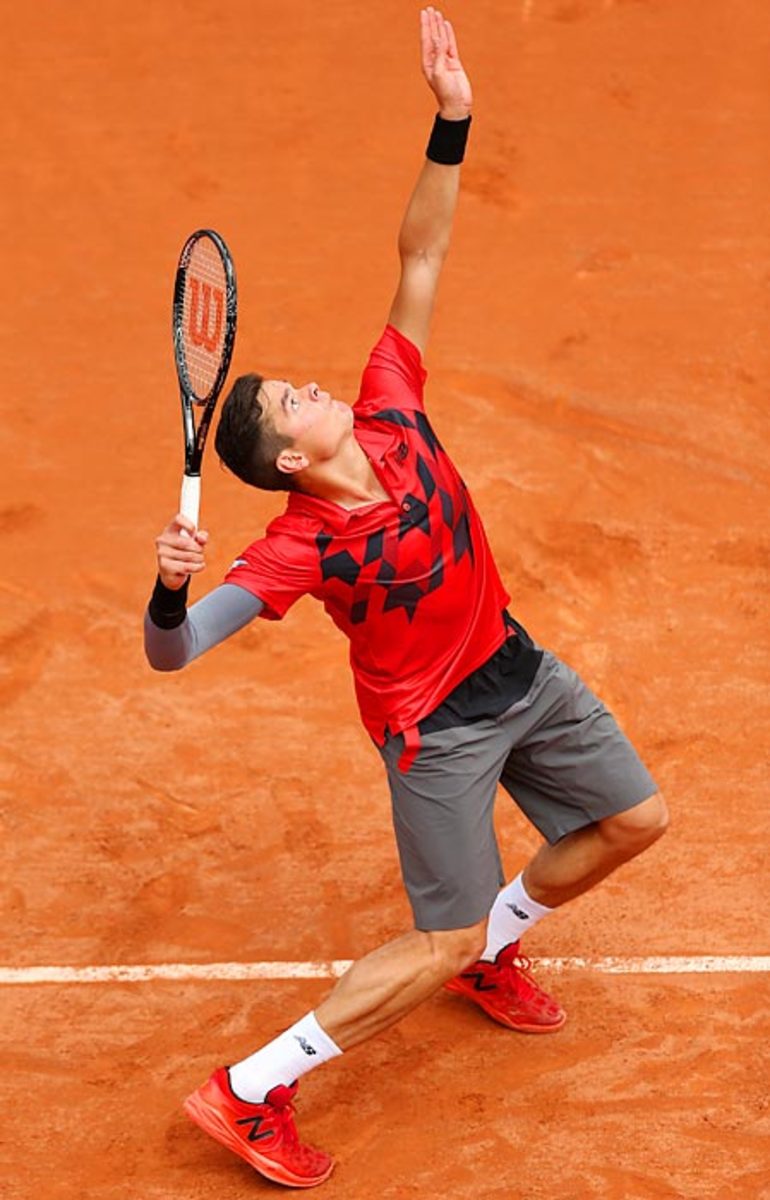
Dominika Cibulkova
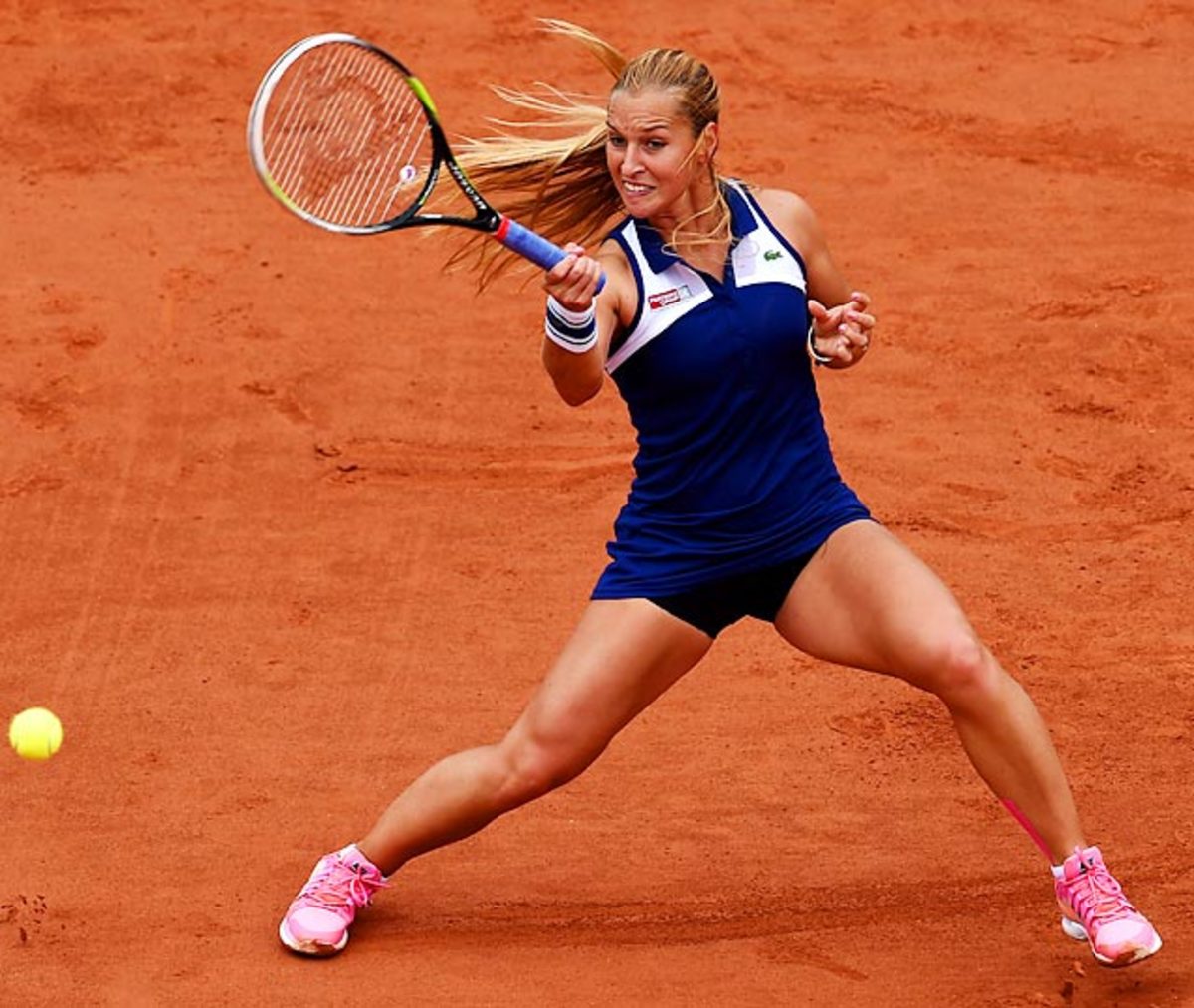
David Ferrer
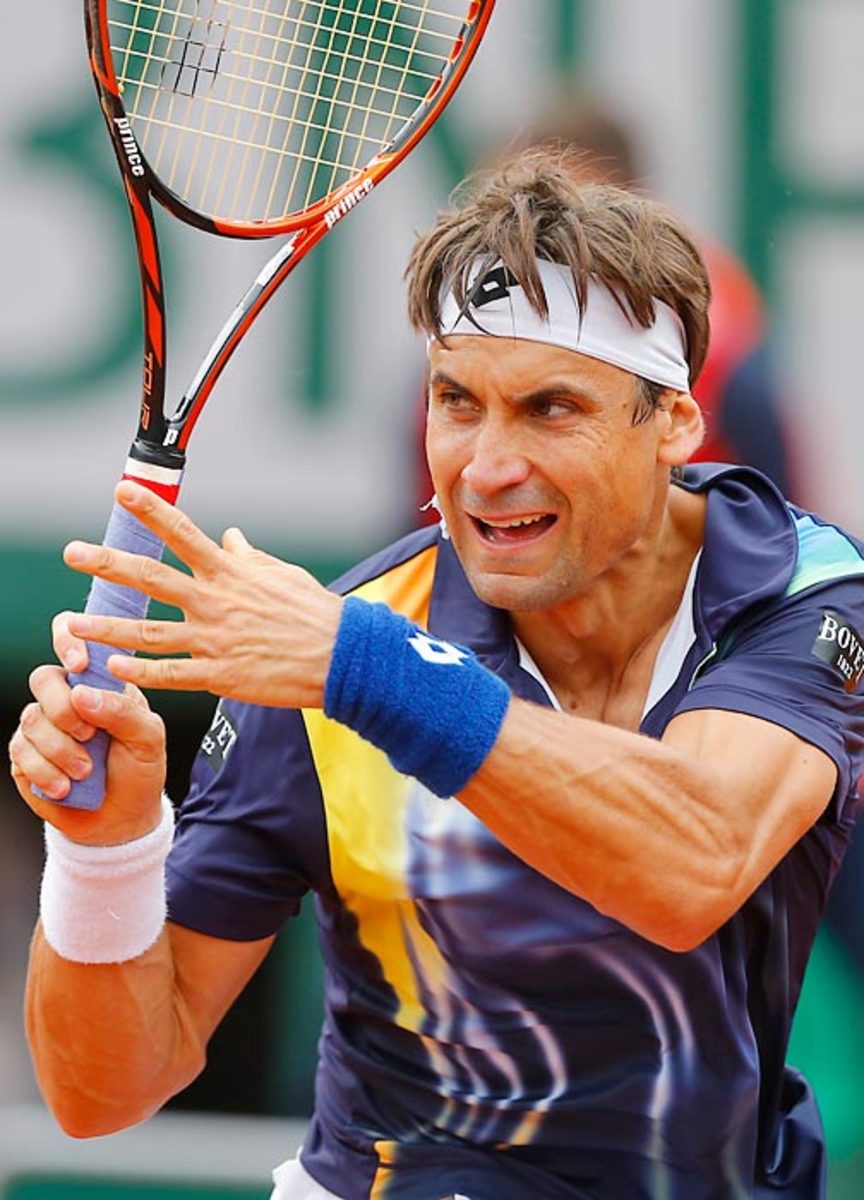
Alize Cornet
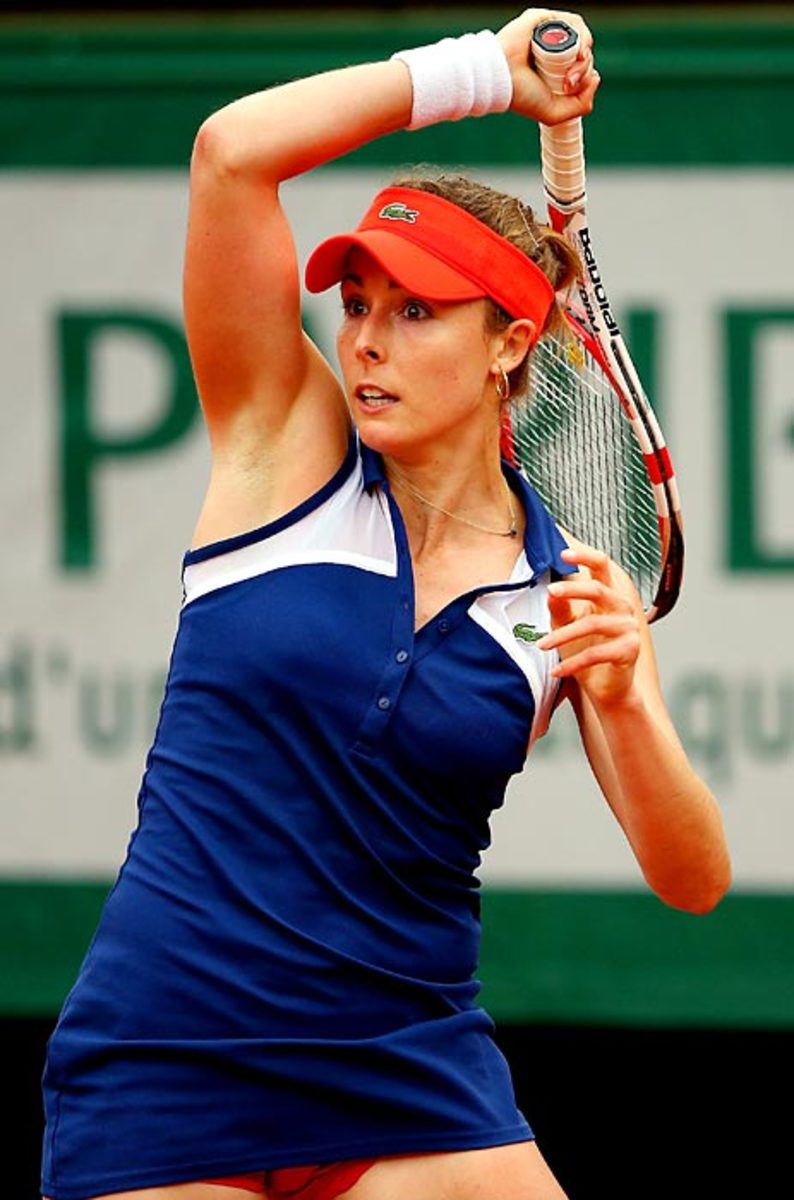
Kei Nishikori
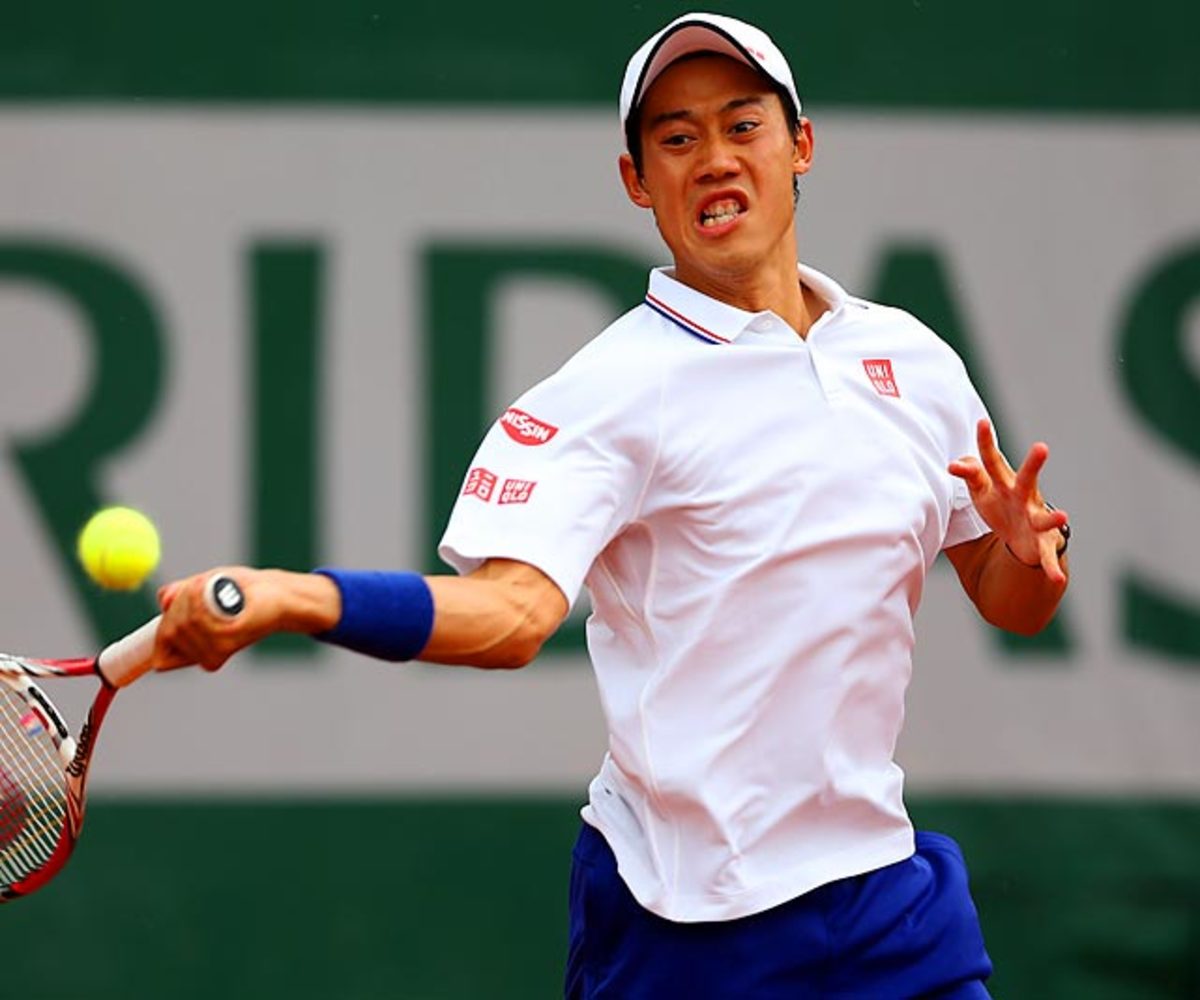
Sabine Lisicki
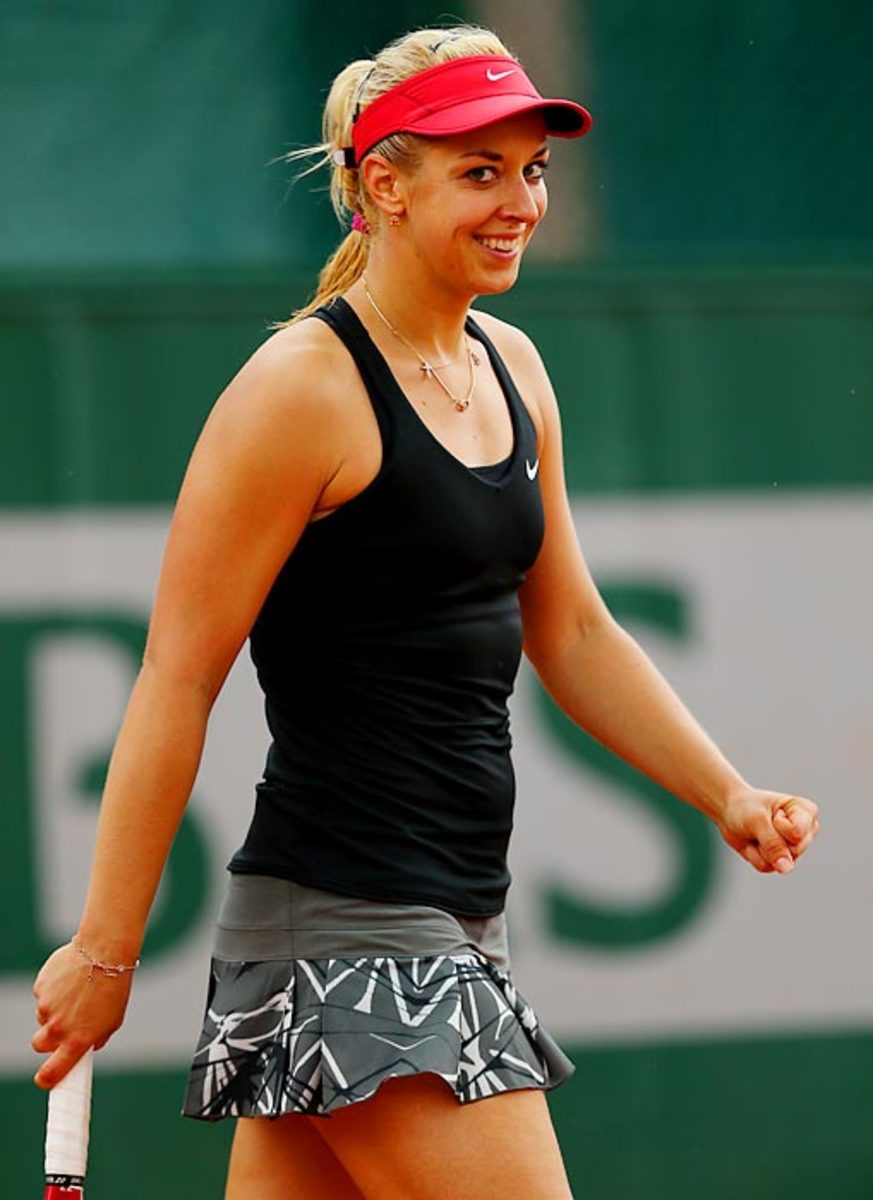
John Isner
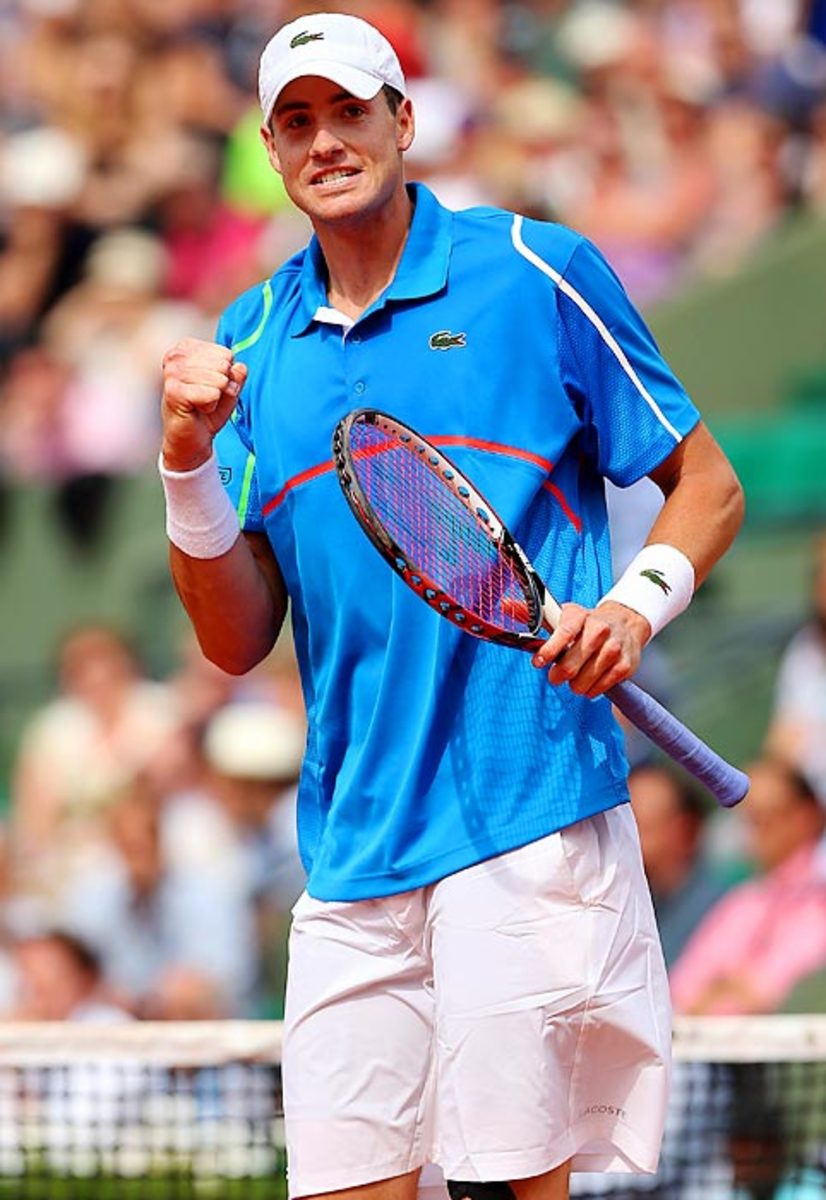
Flavia Pennetta
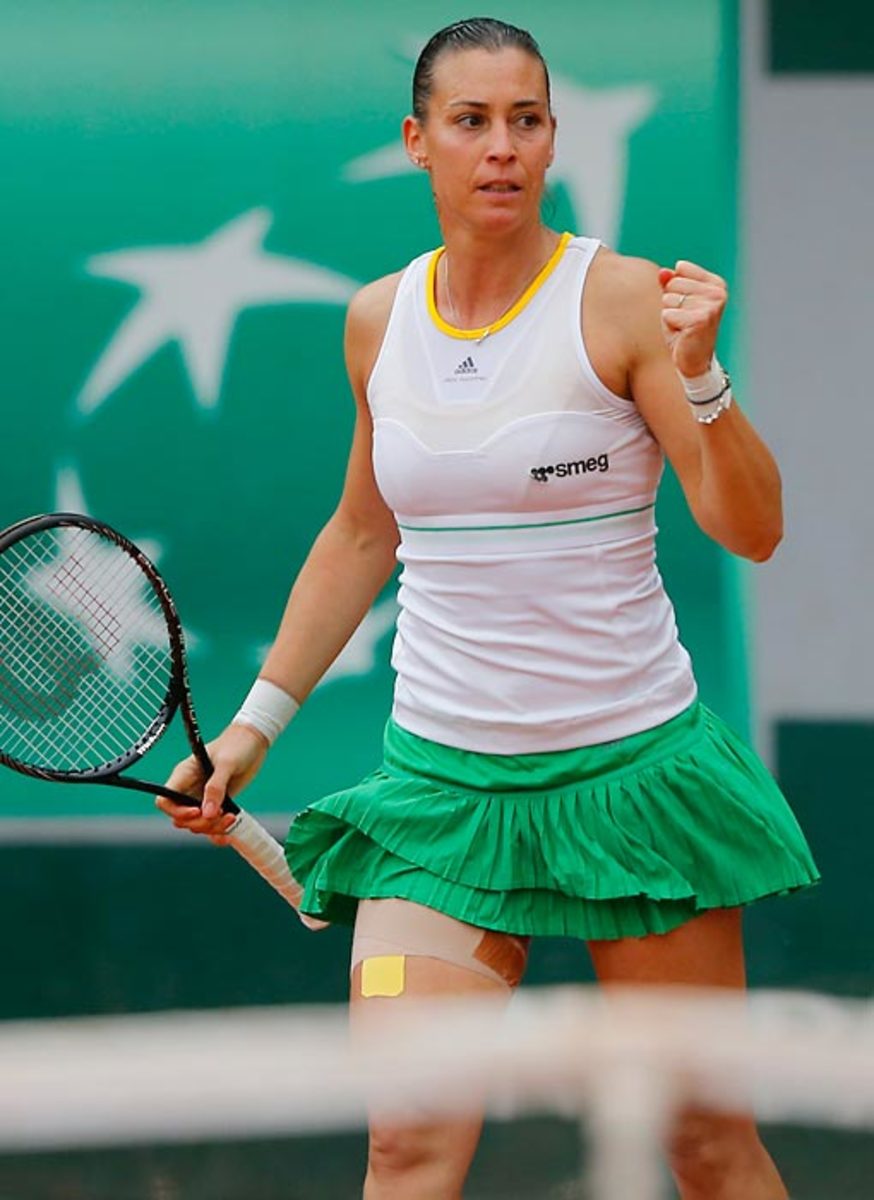
Grigor Dimitrov
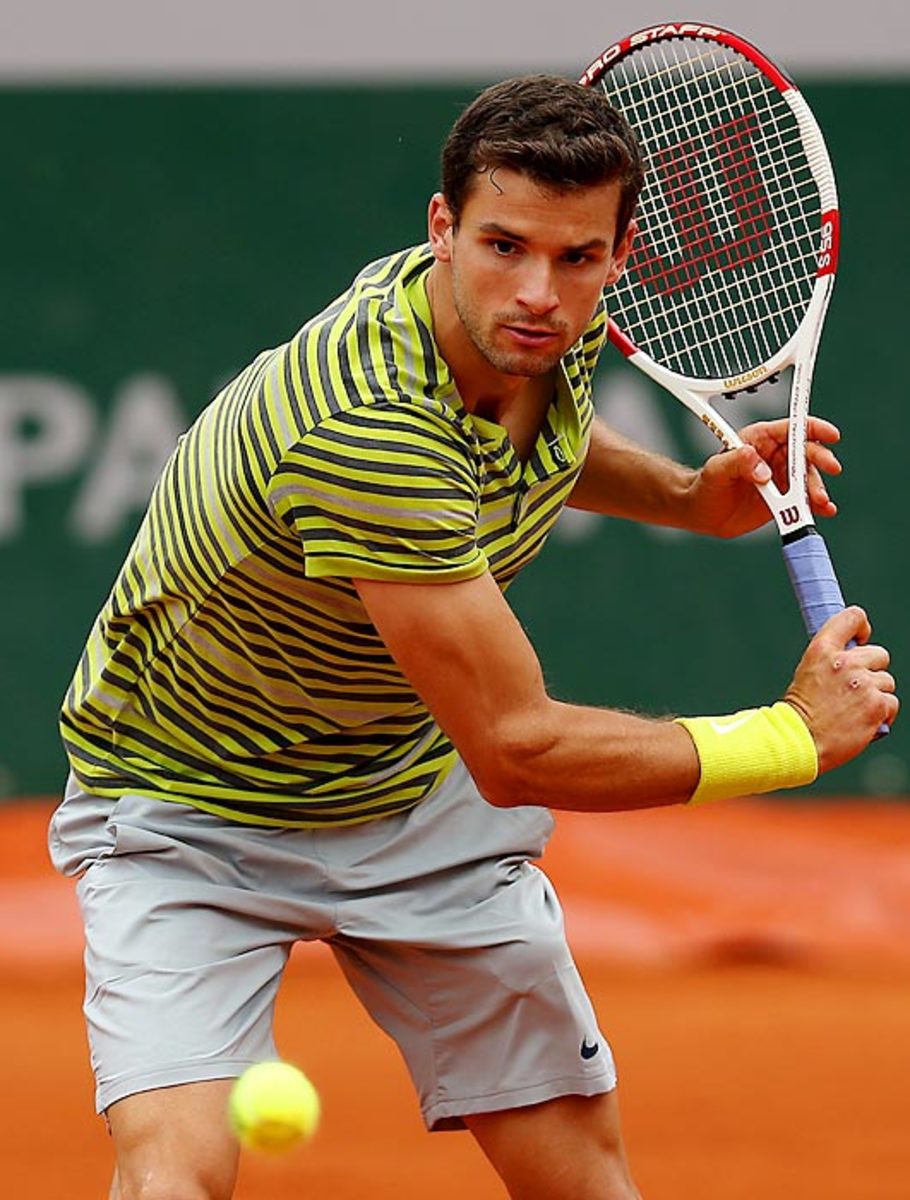
Richard Gasquet
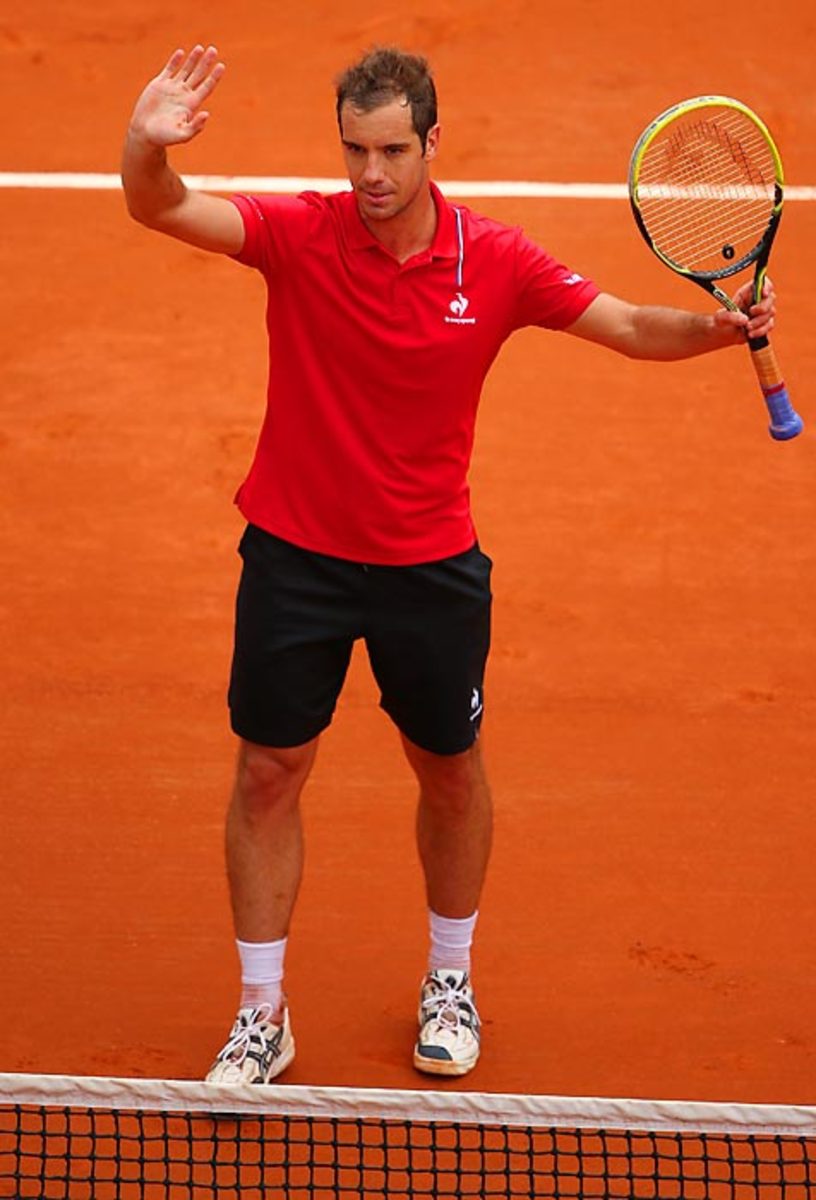
Eugenie Bouchard
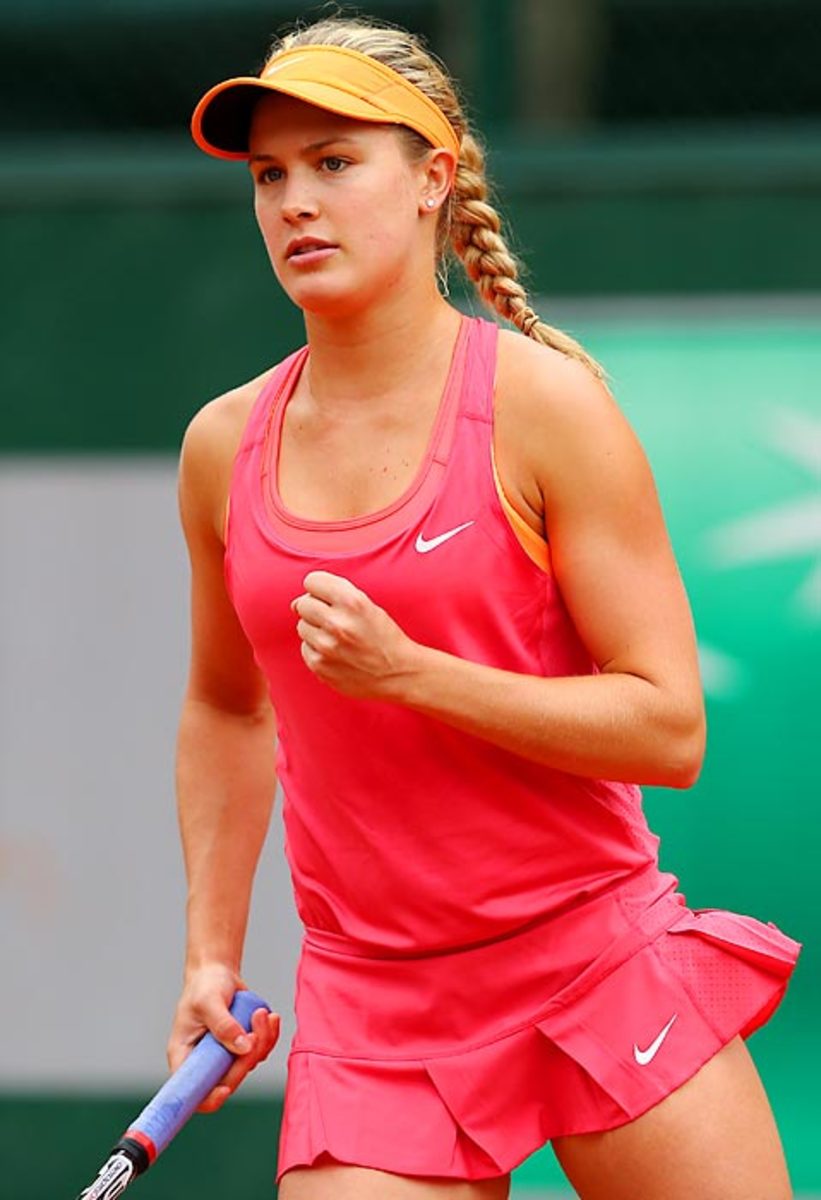
Jo-Wilfried Tsonga
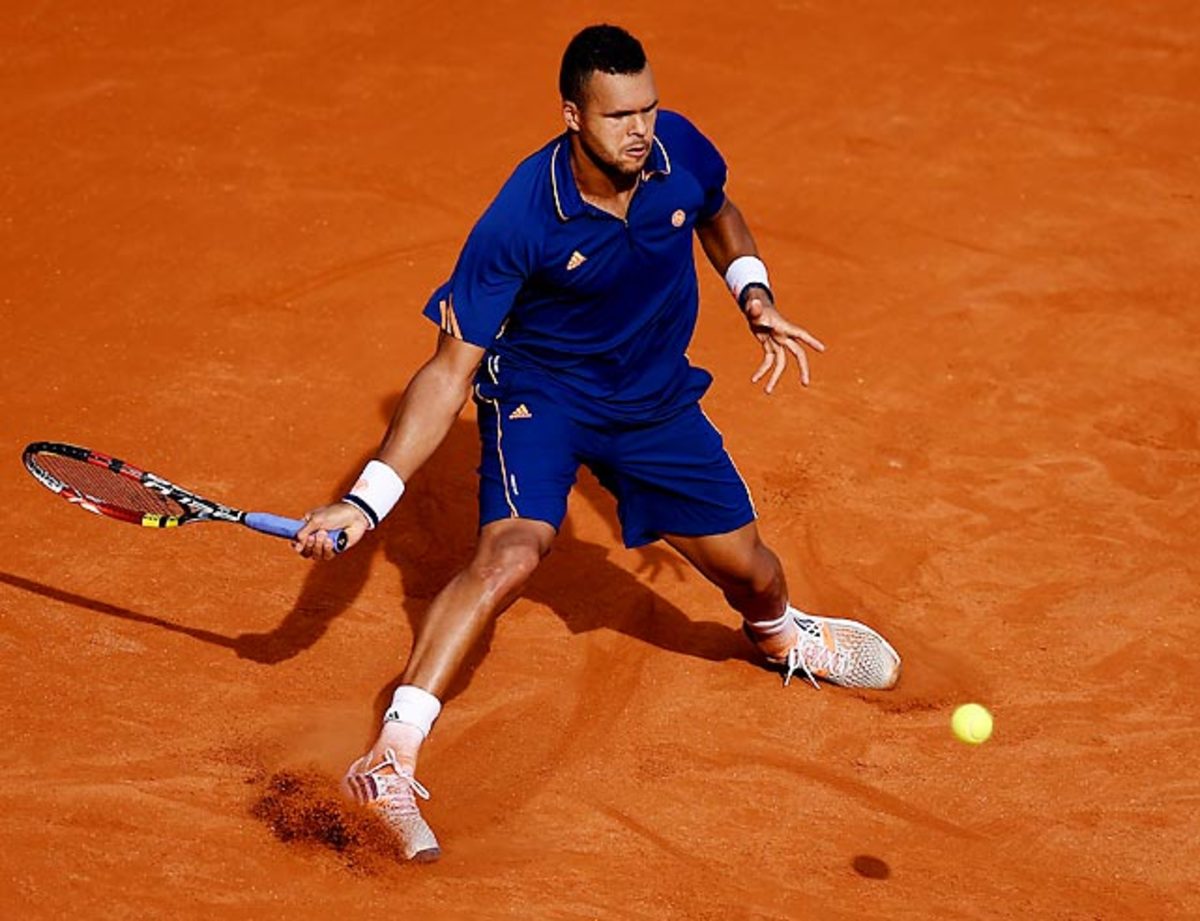
Samantha Stosur
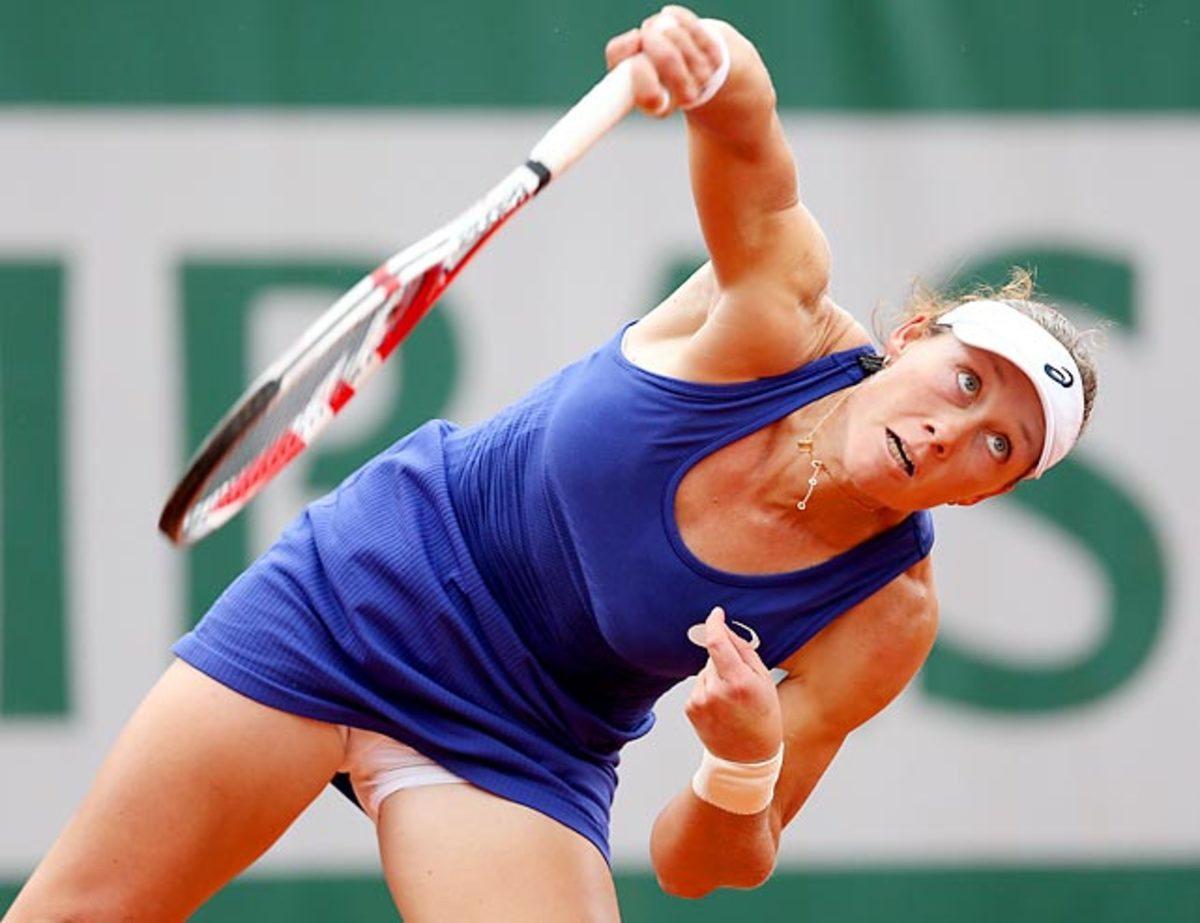
Mikhail Youzhny
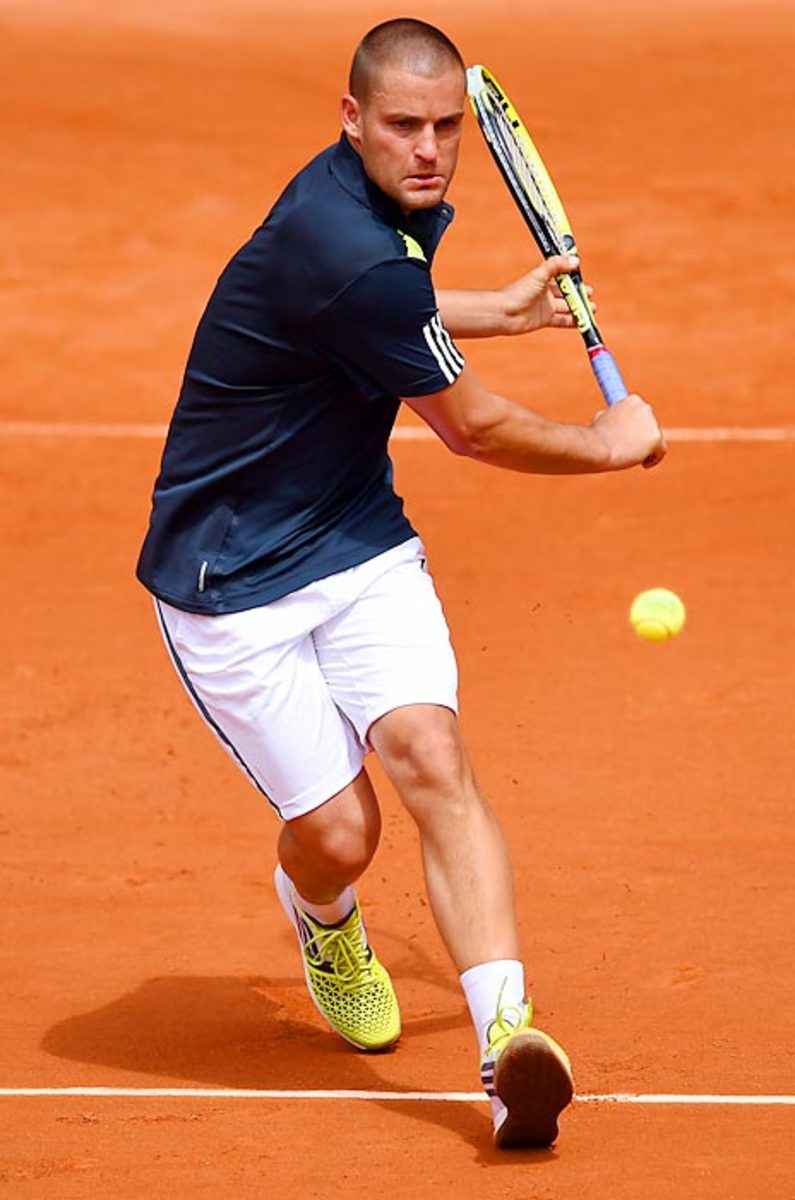
Sloane Stephens
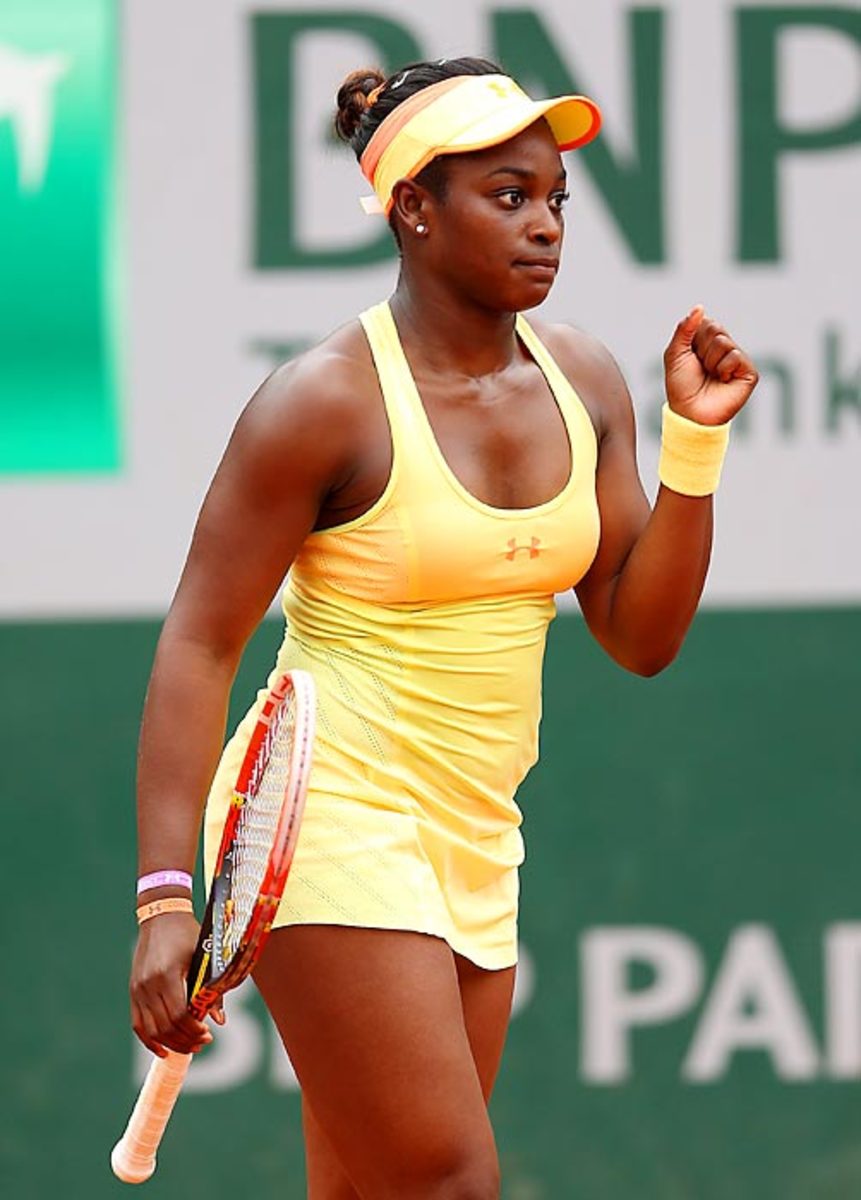
Tommy Robredo
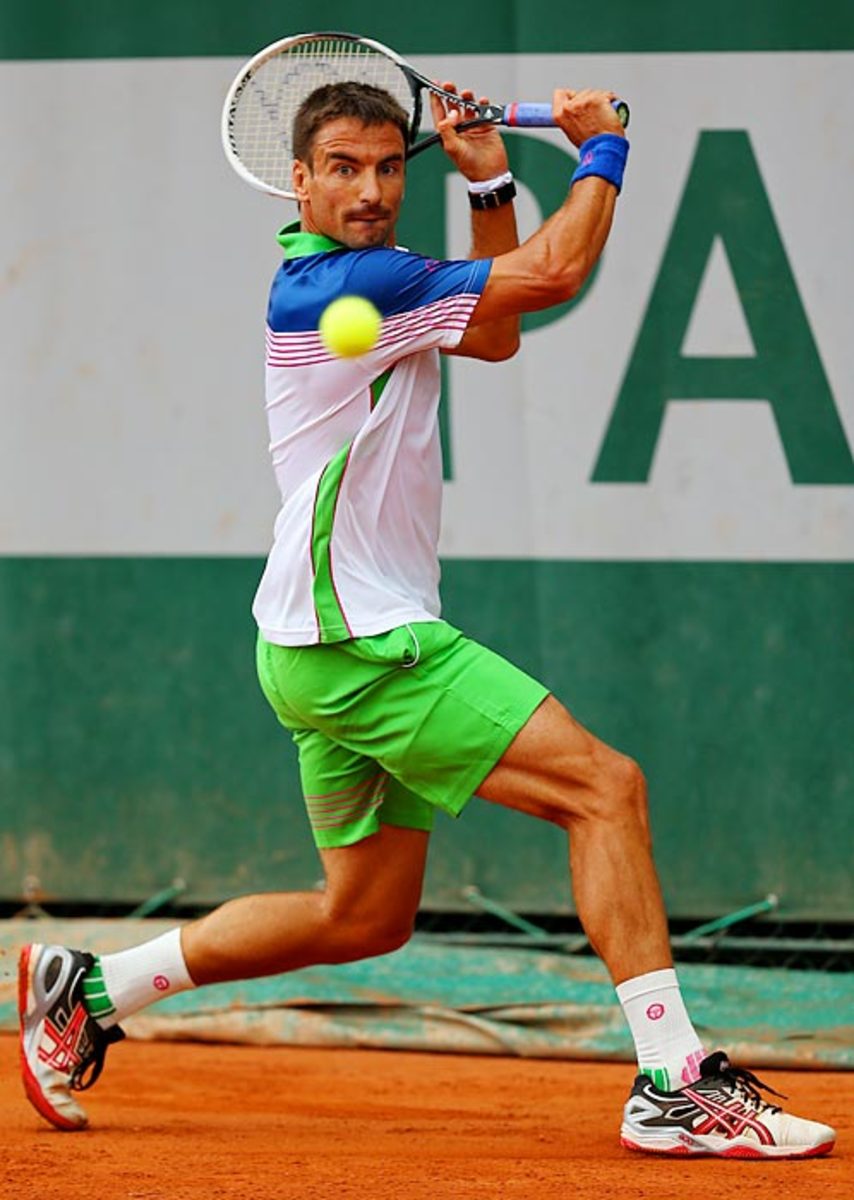
Yanina Wickmayer
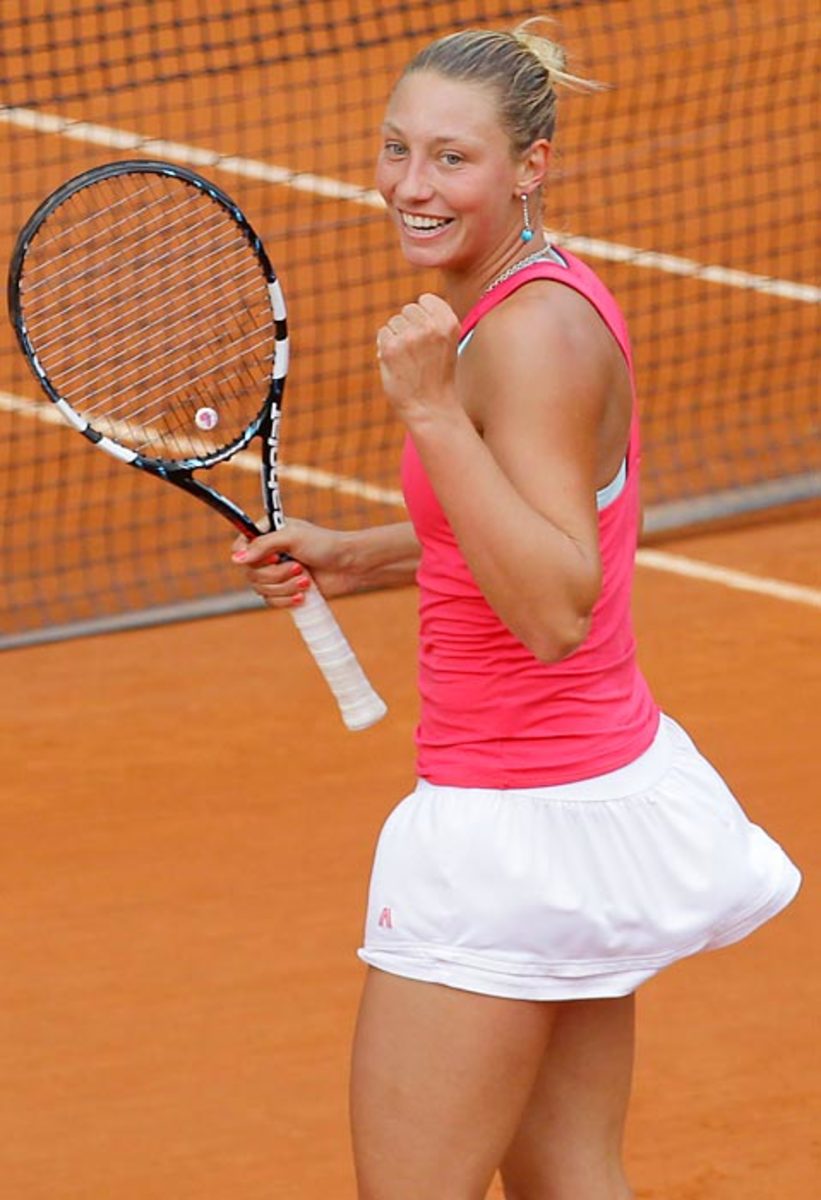
Andrey Golubev
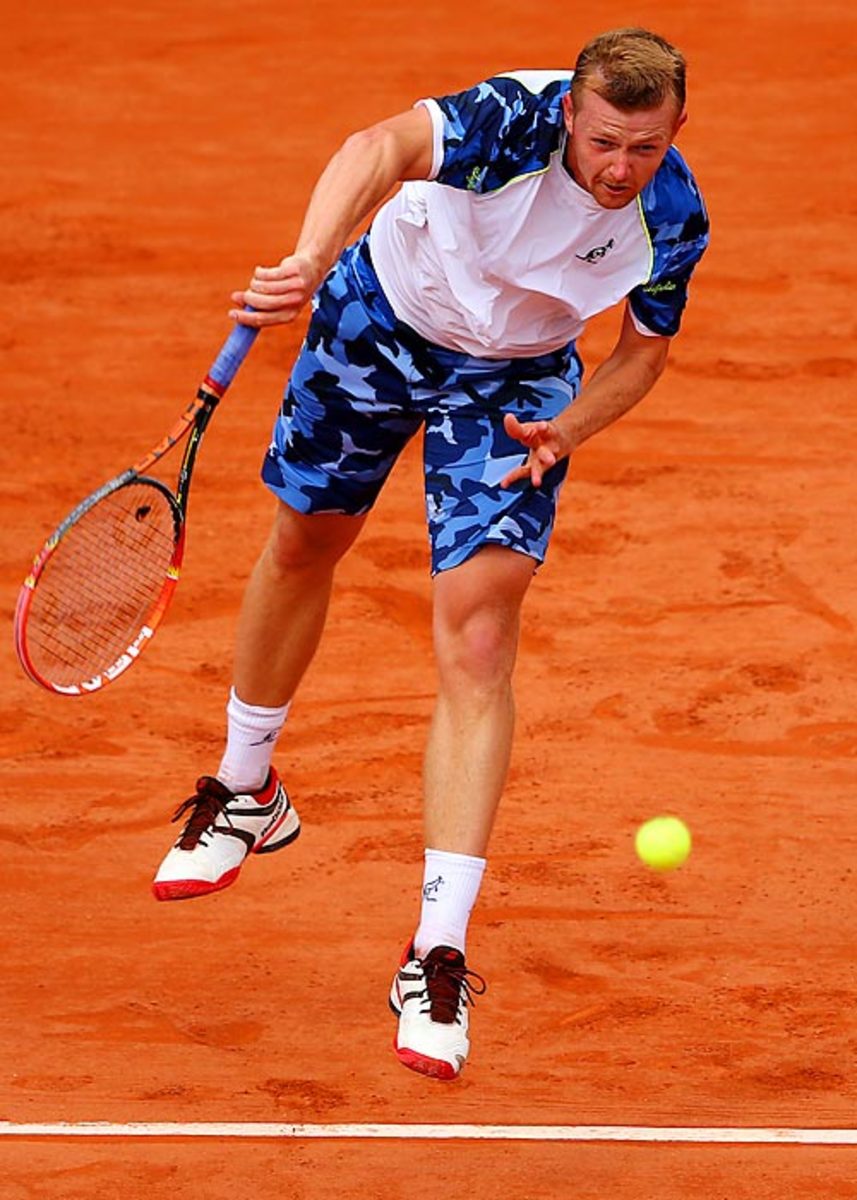
Simona Halep
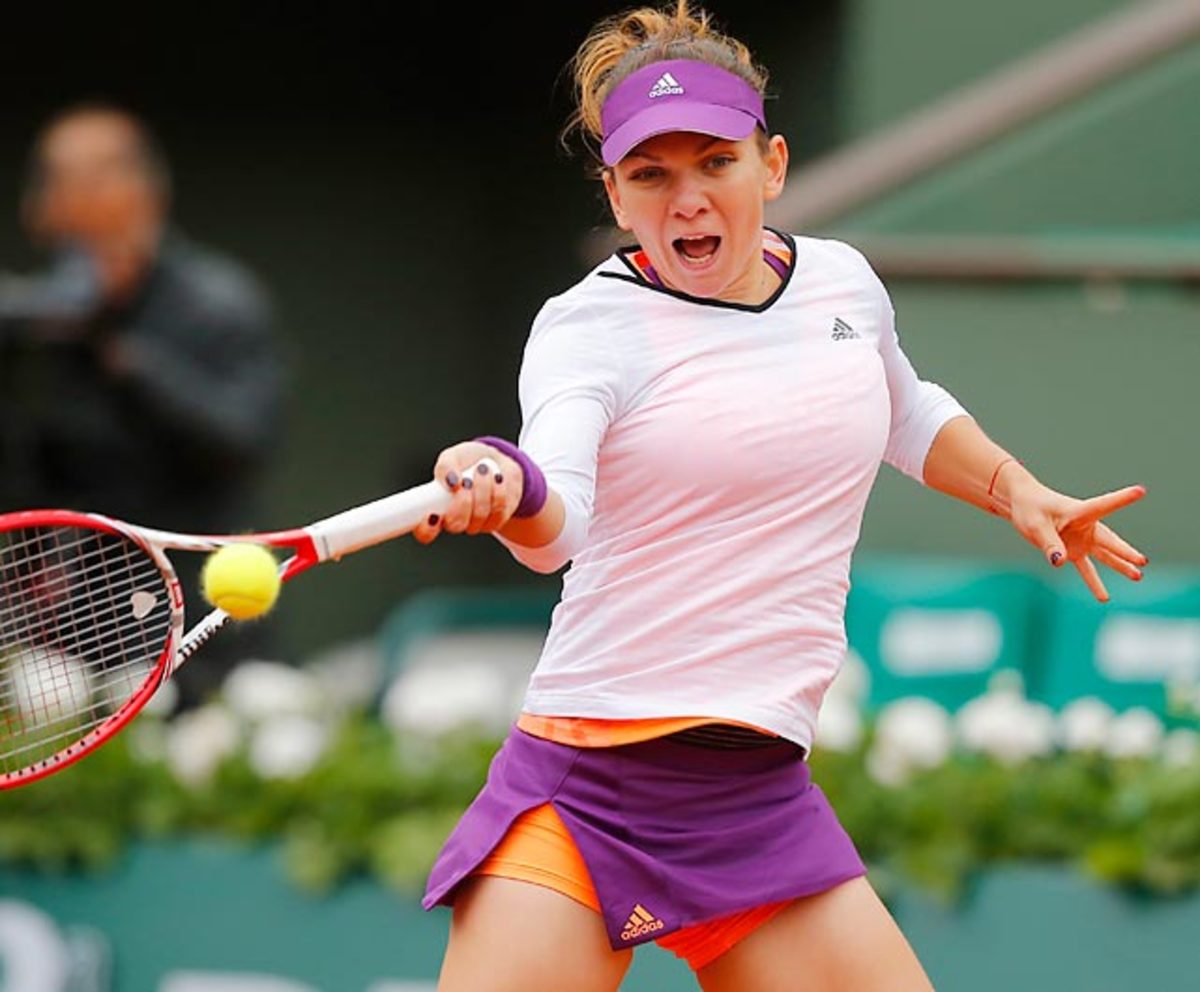
Joao Sousa
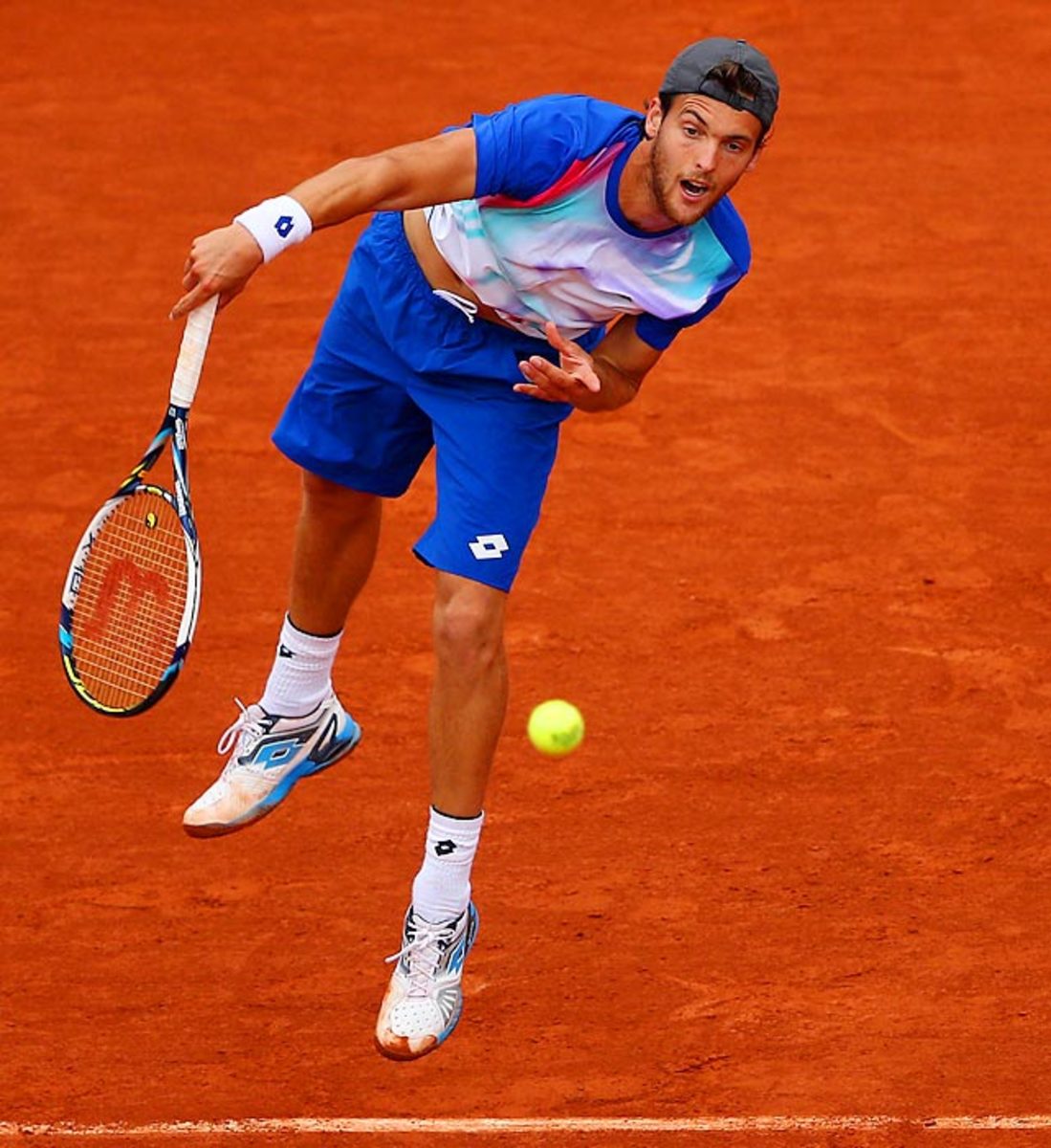
Heather Watson
